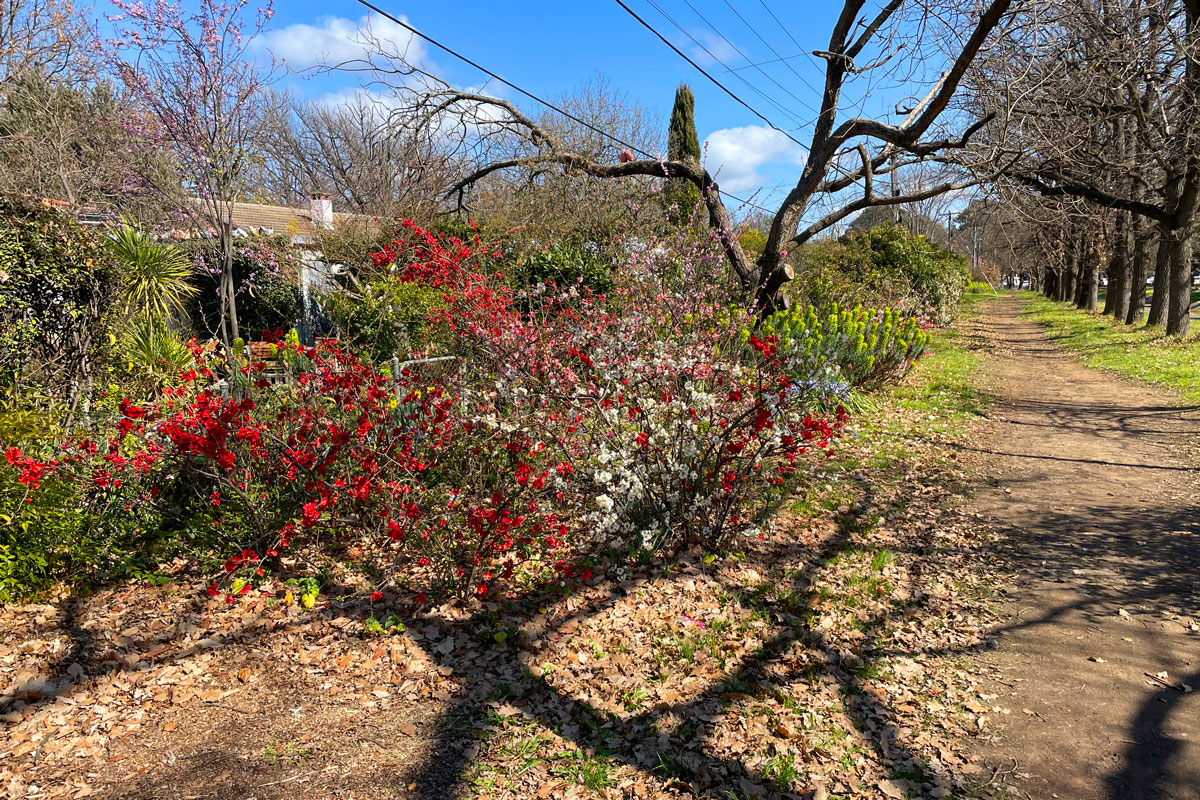
At the end of June, I took time out from writing about local urban political matters.

At the end of June, I took time out from writing about local urban political matters.
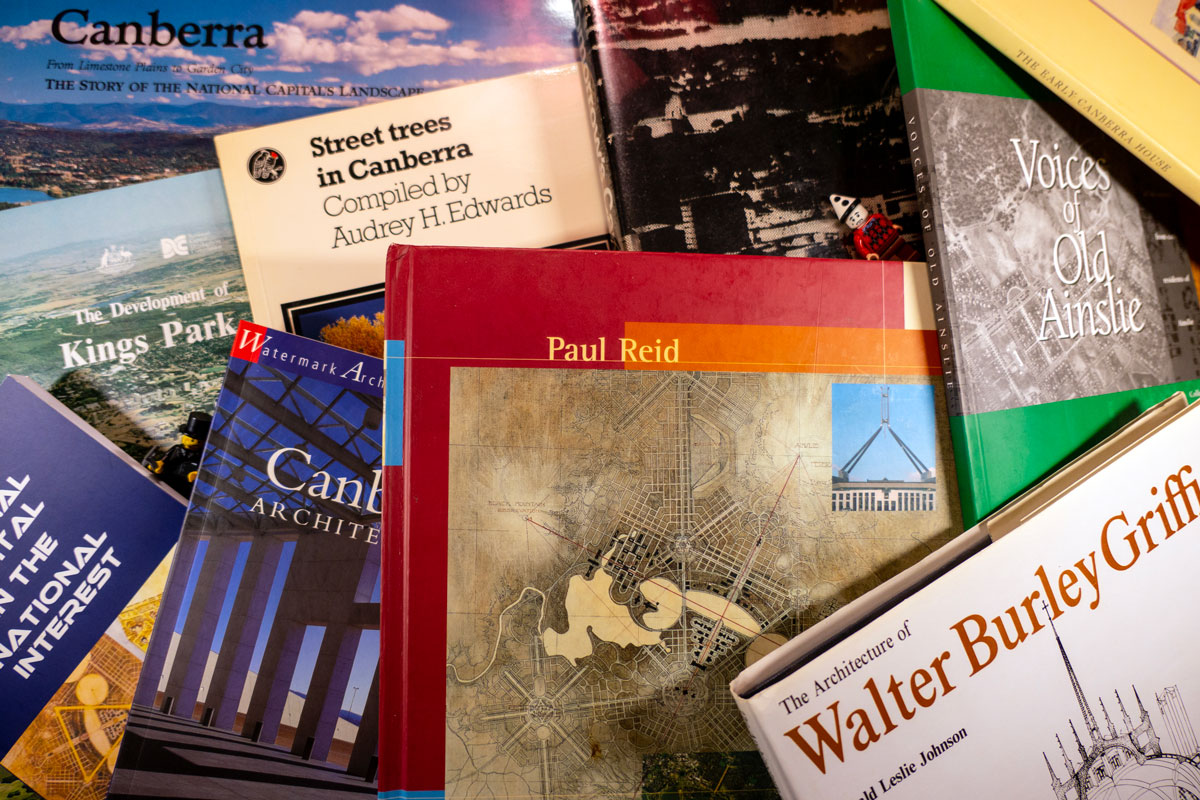
The Illusory Truth Effect is a tactic often used by spin doctors to assist politicians get away with being dishonest.
Continue reading The stupidity of ACT Government spin doctors
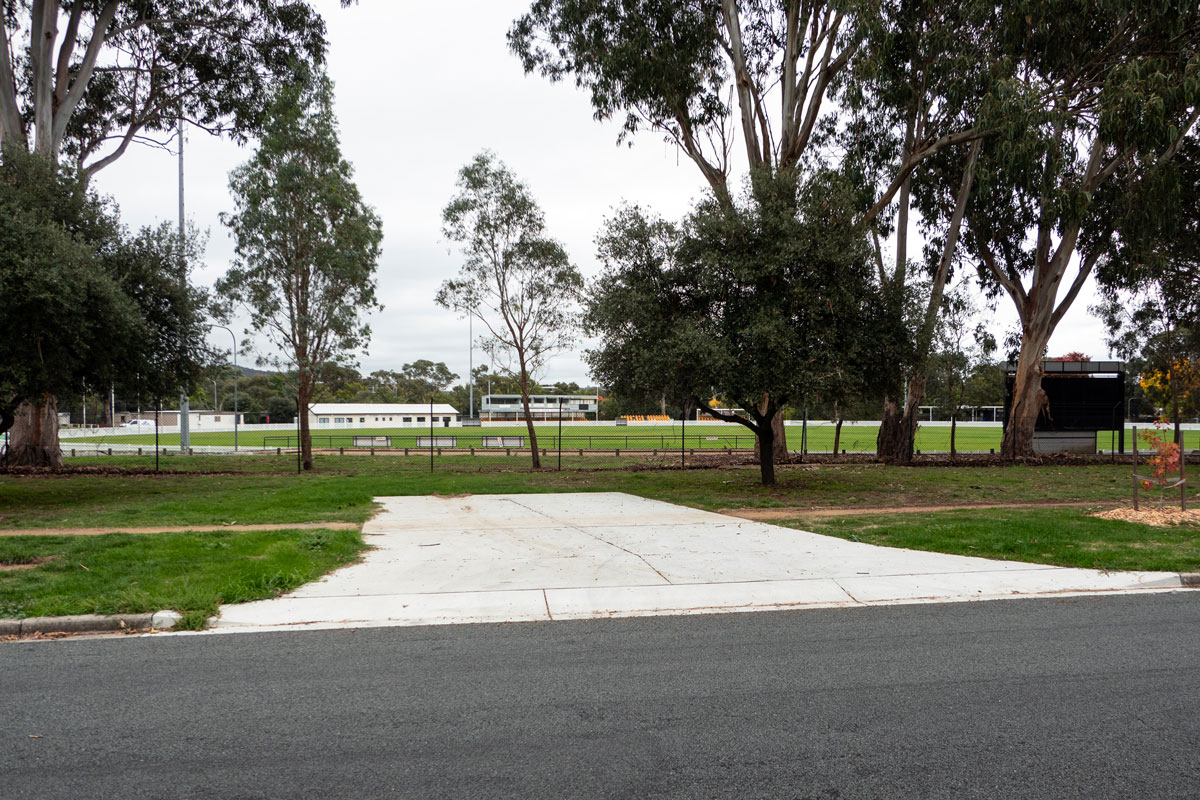
There’s a relatively new driveway off Angas Street Ainslie on the side of the Ainslie Football Club. It goes nowhere – it serves no known purpose.
Continue reading Canberra’s community groups need to stand proud
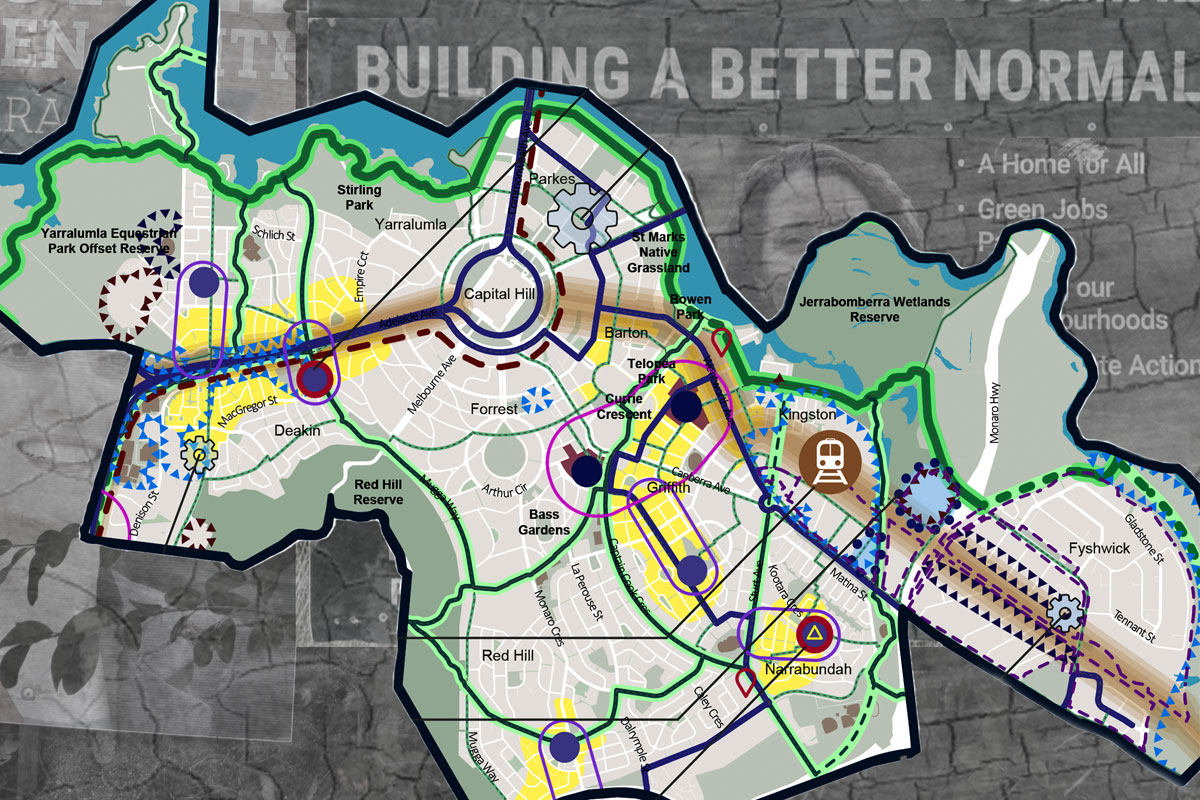
The Inner South Canberra Community Council (ISCCC) meeting on Tuesday 11th April was reported to have been a lively event with a couple of Greenslabor politicians providing their take on the ACT chief minister’s so-called planning reforms.
Continue reading Greenslabor hold the line on false narratives about planning
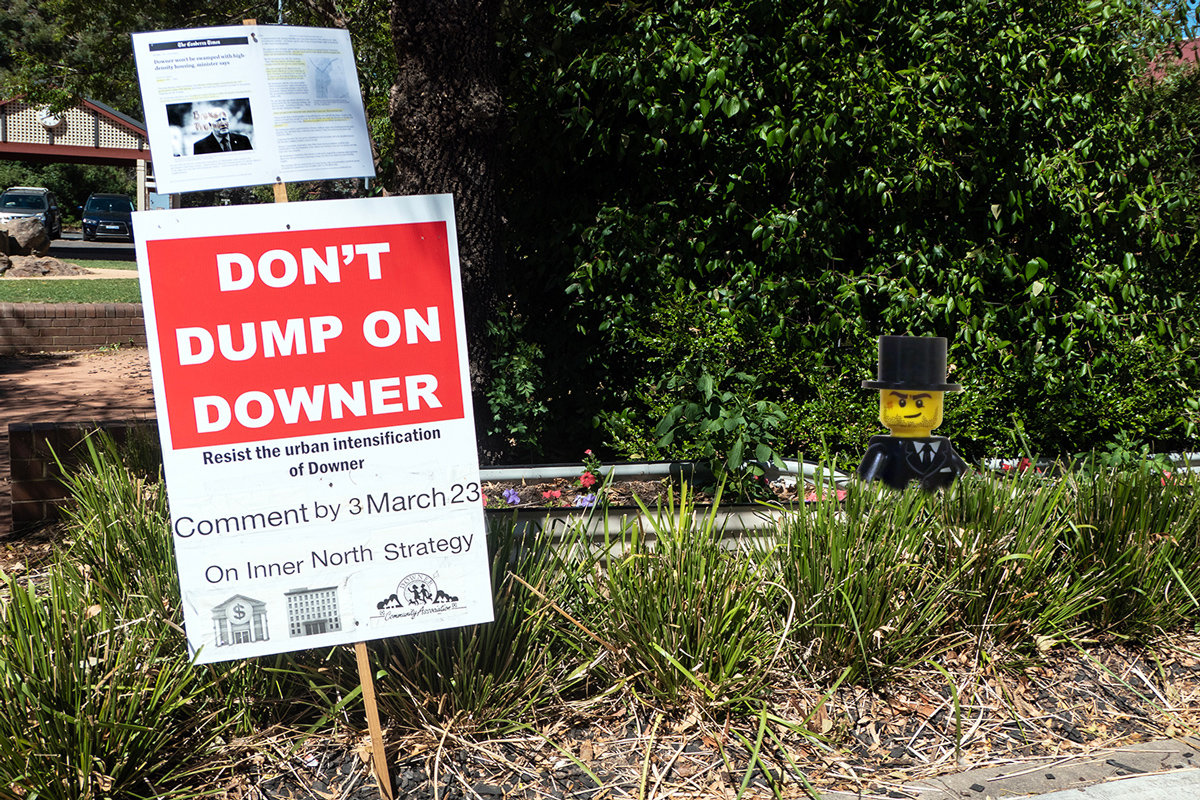
Community groups who have studied the Greenslabor planning reform plans and strategies know that the chief minister’s deregulation reforms will devastate the suburban characteristics that attract people to this city.
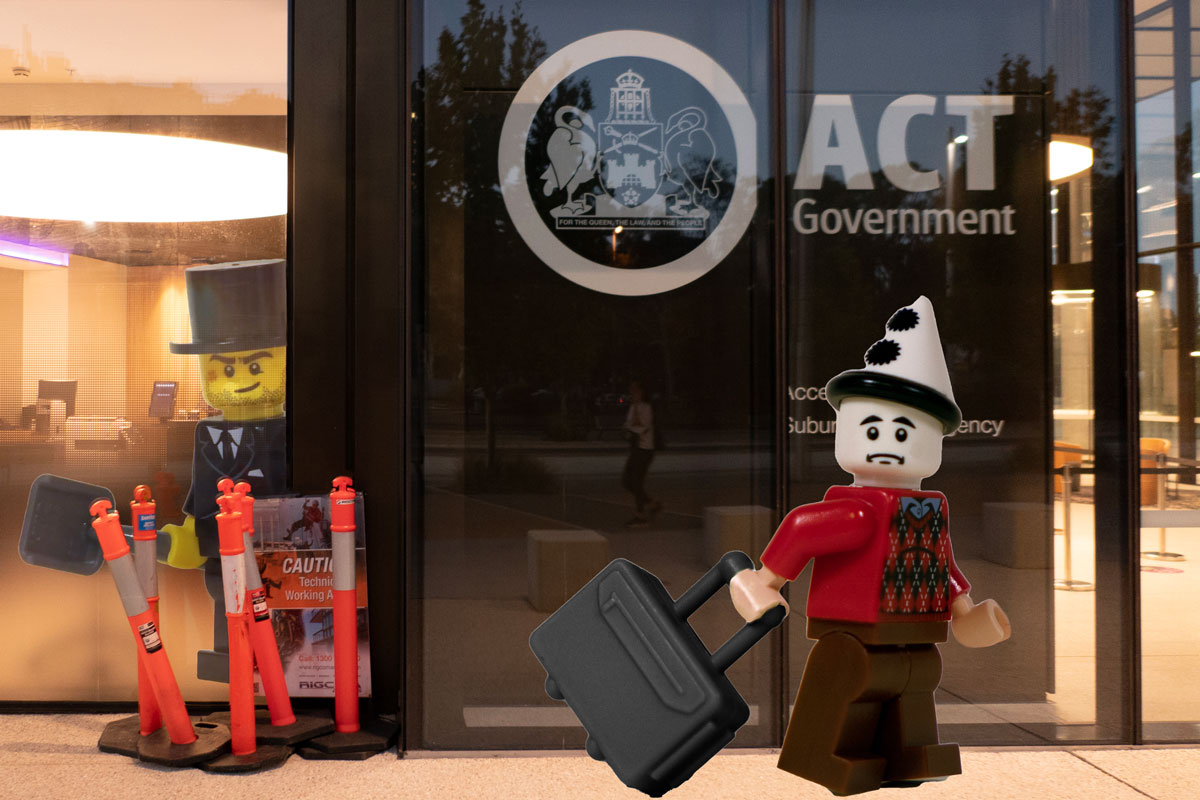
In 2011 the Dickson Residents Group asked the then planning minister, Andrew Barr, to consider a comprehensive eight-point plan for this inner north precinct.
Continue reading Welfare organisations fall for the Greenslabor Mything Middle scam
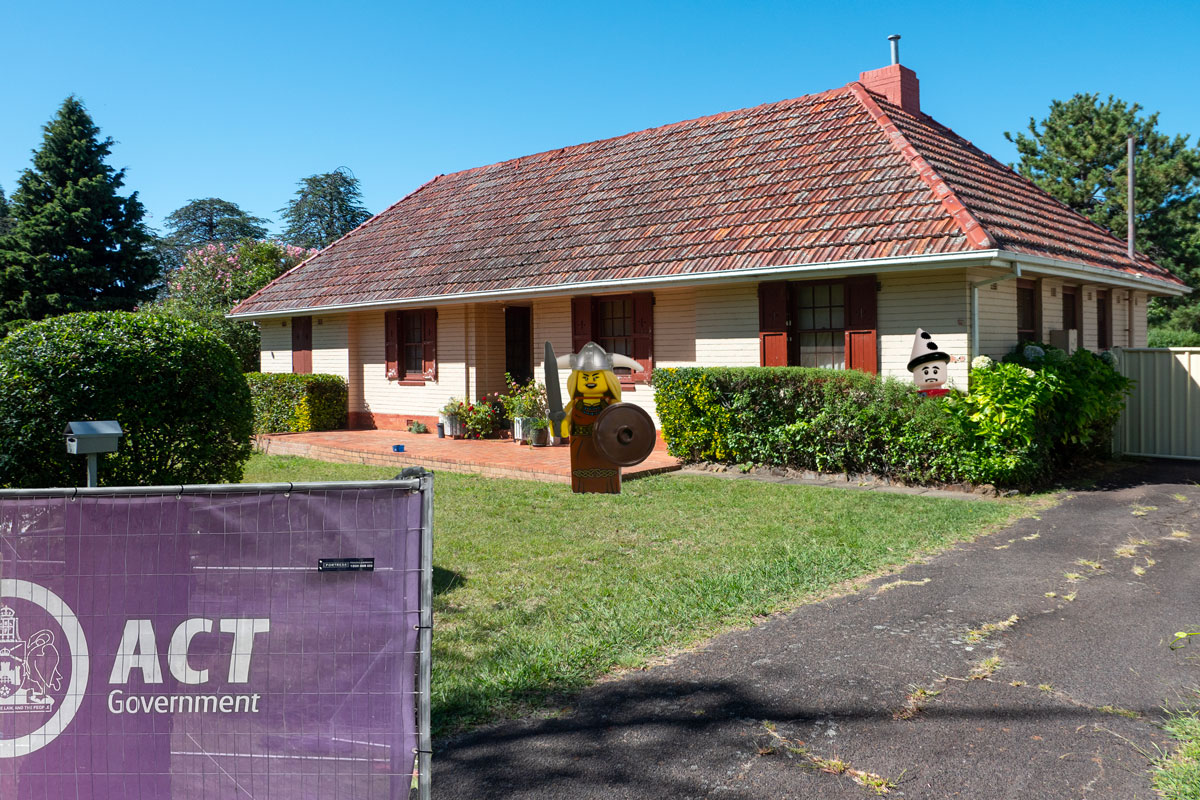
Recent opinion pieces highlighted the ACT government’s badly managed planning authority and how they continually ignore their own rules and then object when they are overruled by the appeals tribunal.
Continue reading Does the ACT Housing minister know how to read?

Unfortunately for the city’s future, the ACT Chief Planner is not known for taking biodiversity seriously. Others do, although their efforts may be a little too polite to make any impact on this Greenslabor government.
Continue reading Chief Planner ignores biodiversity in his reforms
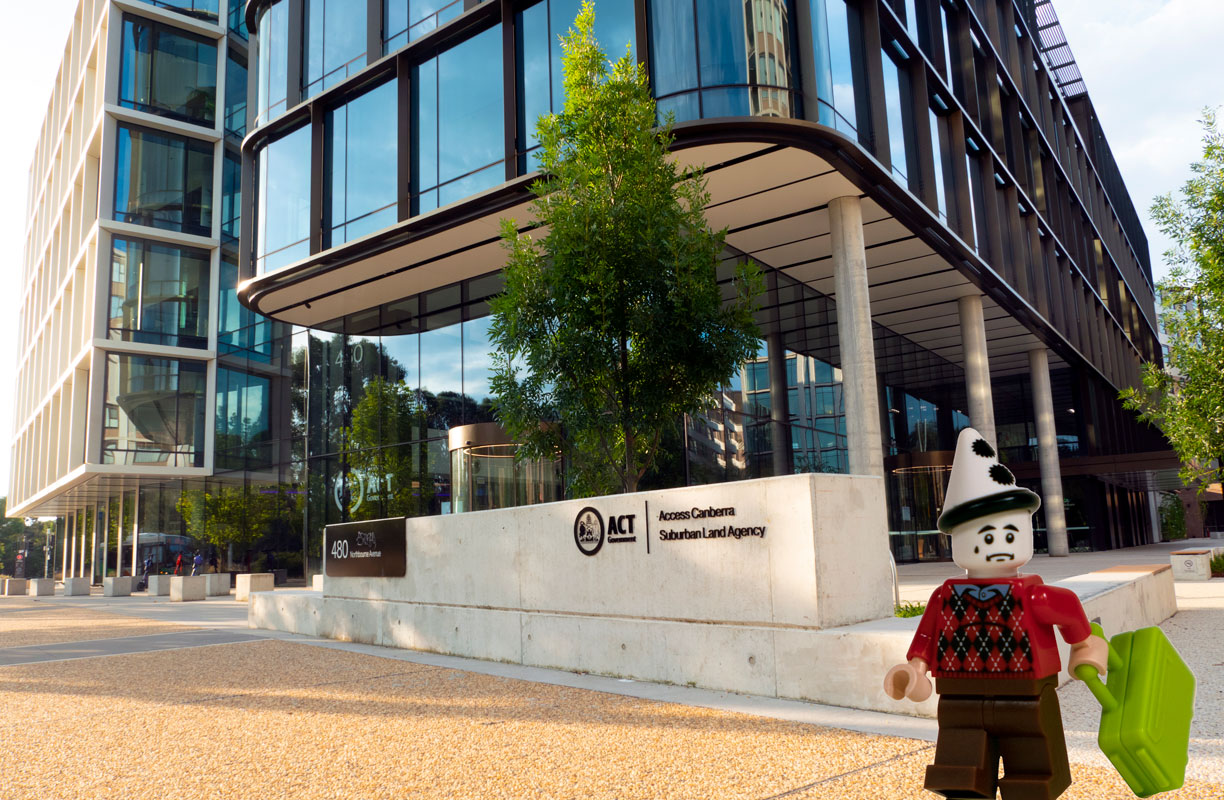
When the ACT chief planner was appointed in April 2017, he explained his theoretical approach to planning. In April 2019 I used those statements to set out ten performance indicators and then scored how he was doing.
Continue reading The ACT planning chief has failed the residents of Canberra
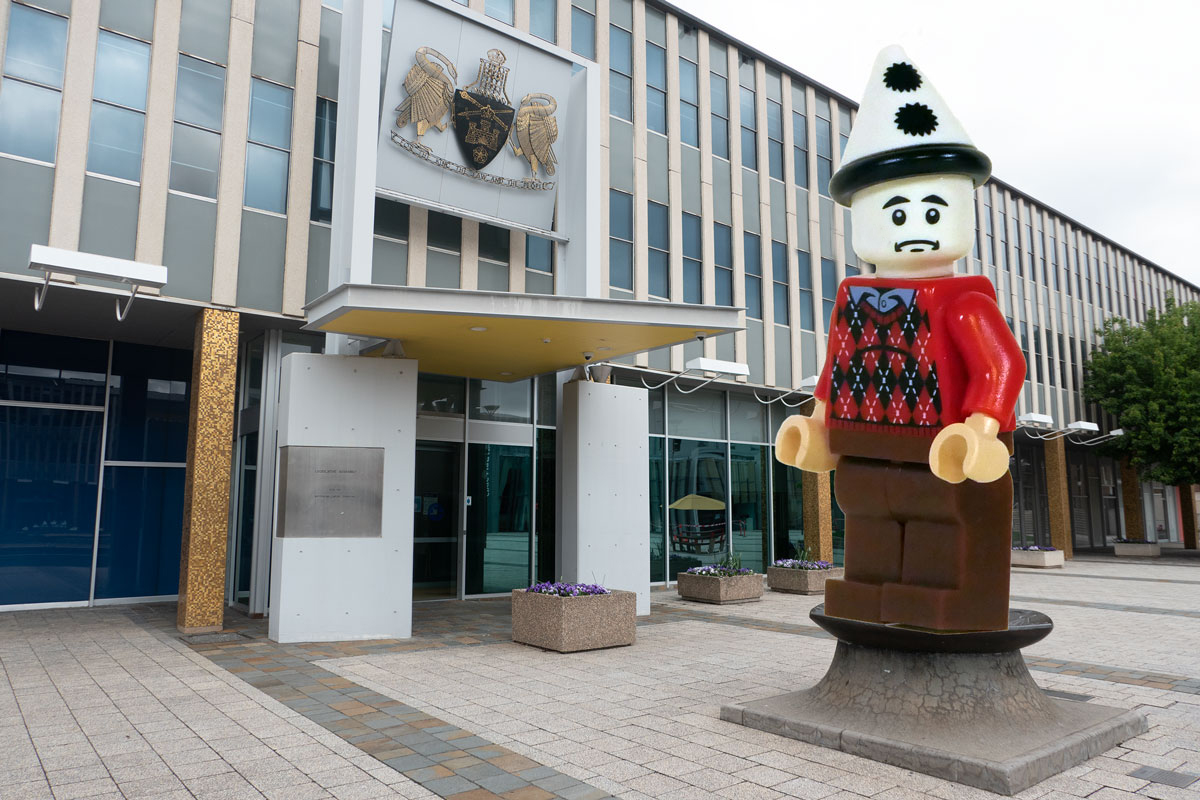
There has been a load of rubbish spread around about what happens when residents challenge decisions by the ACT Chief Planner.
Continue reading Challenging questionable development approvals
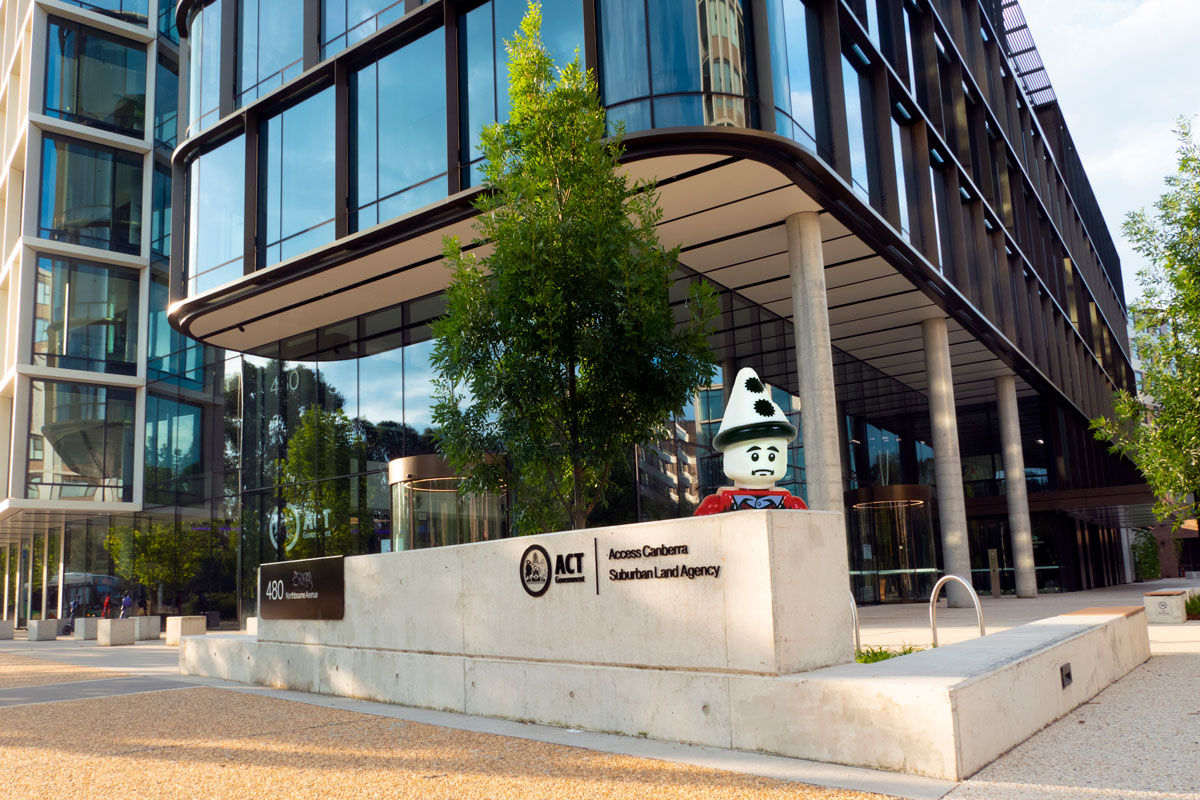
With the formal consultations now closed on the ACT government’s planning reforms, many in Canberra’s community groups would be wondering about the motivations of the planning bureaucracy.
Continue reading Greenslabor hopes that no-one noticed the deregulation of planning
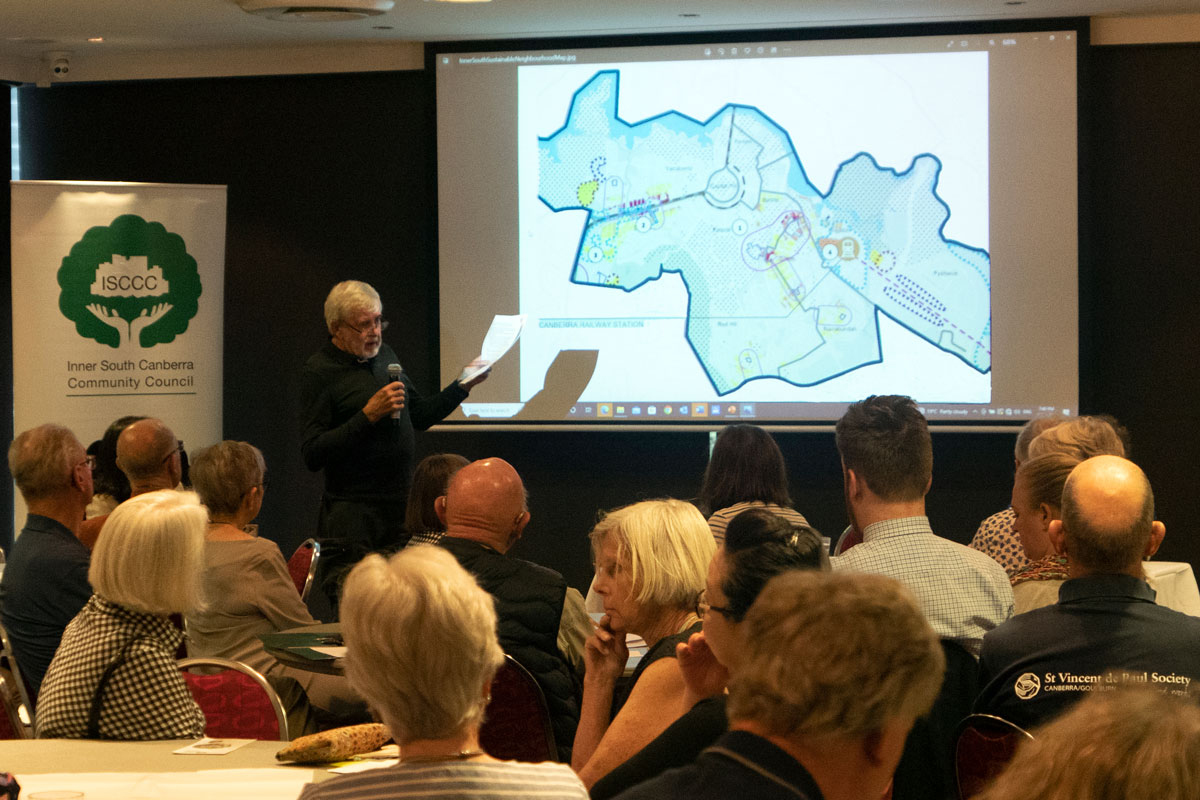
Dealing with the complexities of Greenslabor planning reforms has been an unpleasant experience for those reading the badly written documents that were drip-fed to the public last year. There is nothing positive about what is being proposed. Continue reading ACT Greenslabor have truth and transparency as options
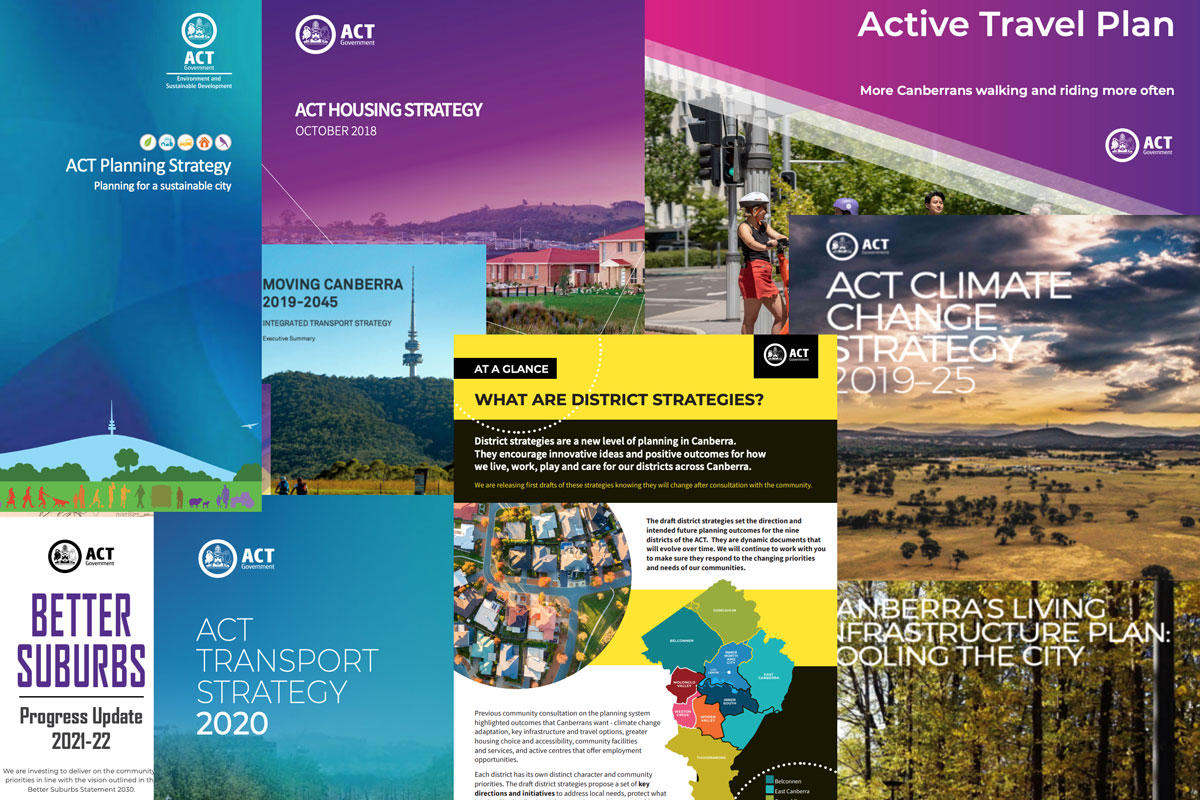
In the weeks before Christmas, when people were trying to think positive about life, the universe and everything else, the ACT Government and developers rolled out multiple gifts of development applications and planning reform documents for people to read. These gifts were not fun stuff. Continue reading ACT Greenslabor policy frauds
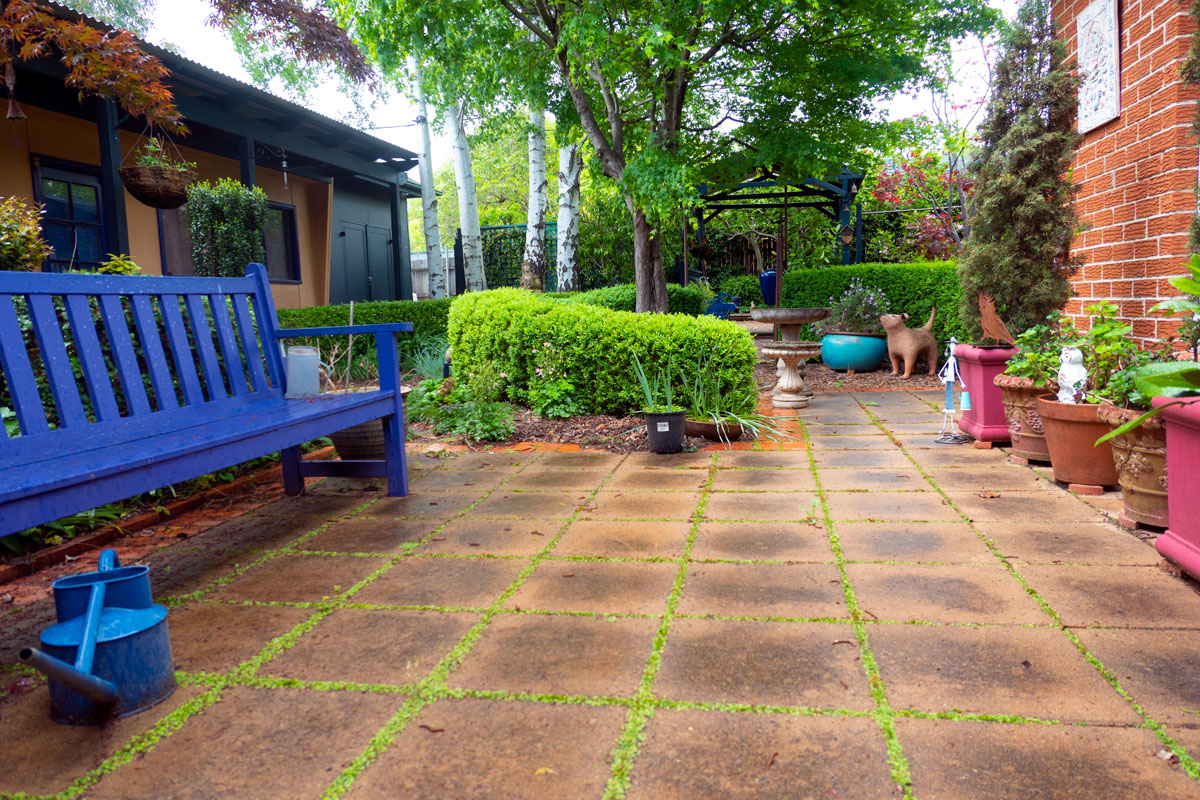
On Saturday 5th November 2022 I wrote an online piece for Canberra City News that received positive feedback from readers as well as directly from friends.

Seems every year the subject of the city’s trees comes around as a Christmas topic. Continue reading Trees and Christmas in Canberra
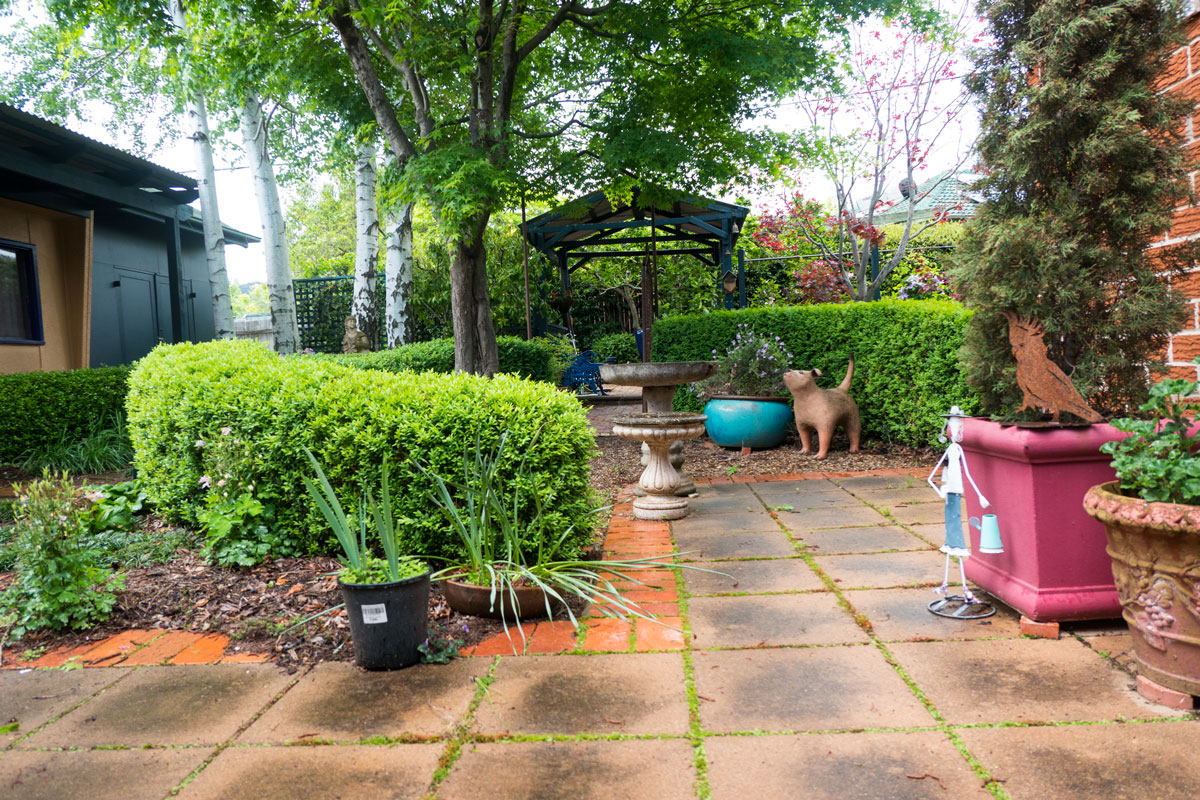
Unsettling thoughts should not enter your head when you are admiring a beautiful garden. This happened recently.
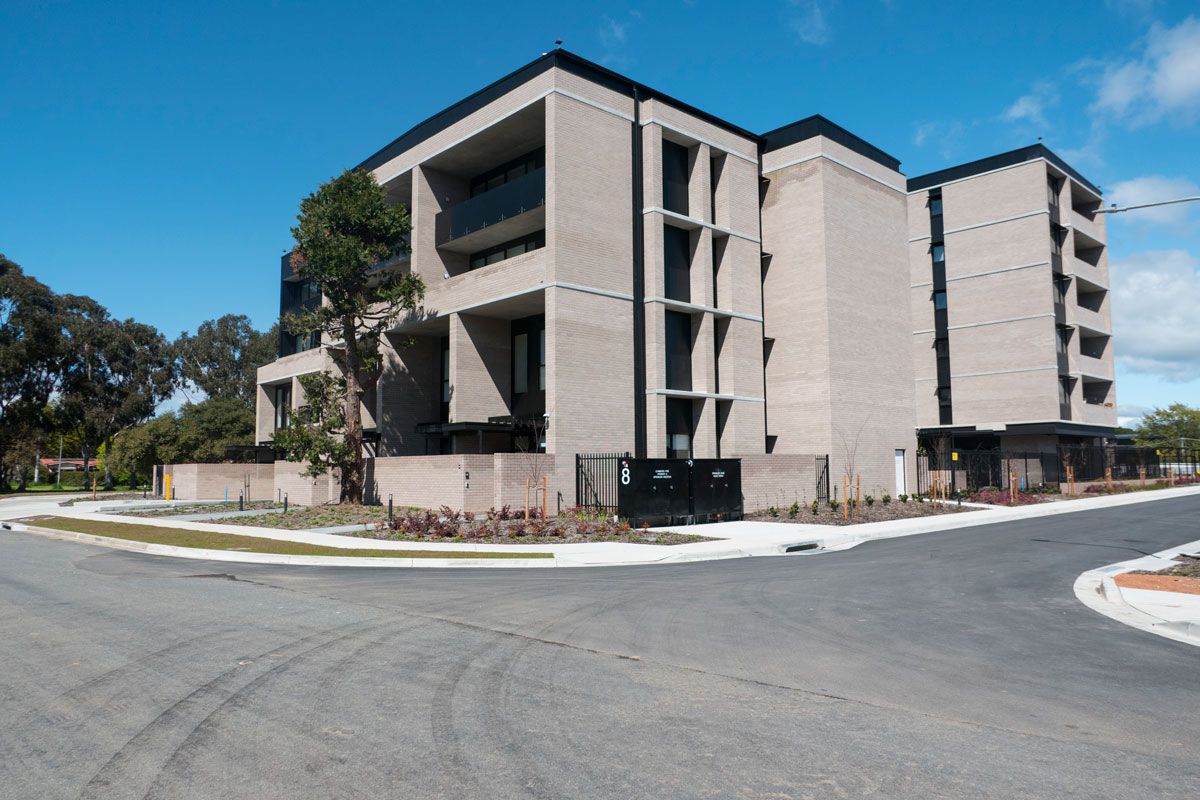
I have written before that what ACT government politicians value is reflected in how they spend our money.
Continue reading Greenslabor deflect from mess of their own making
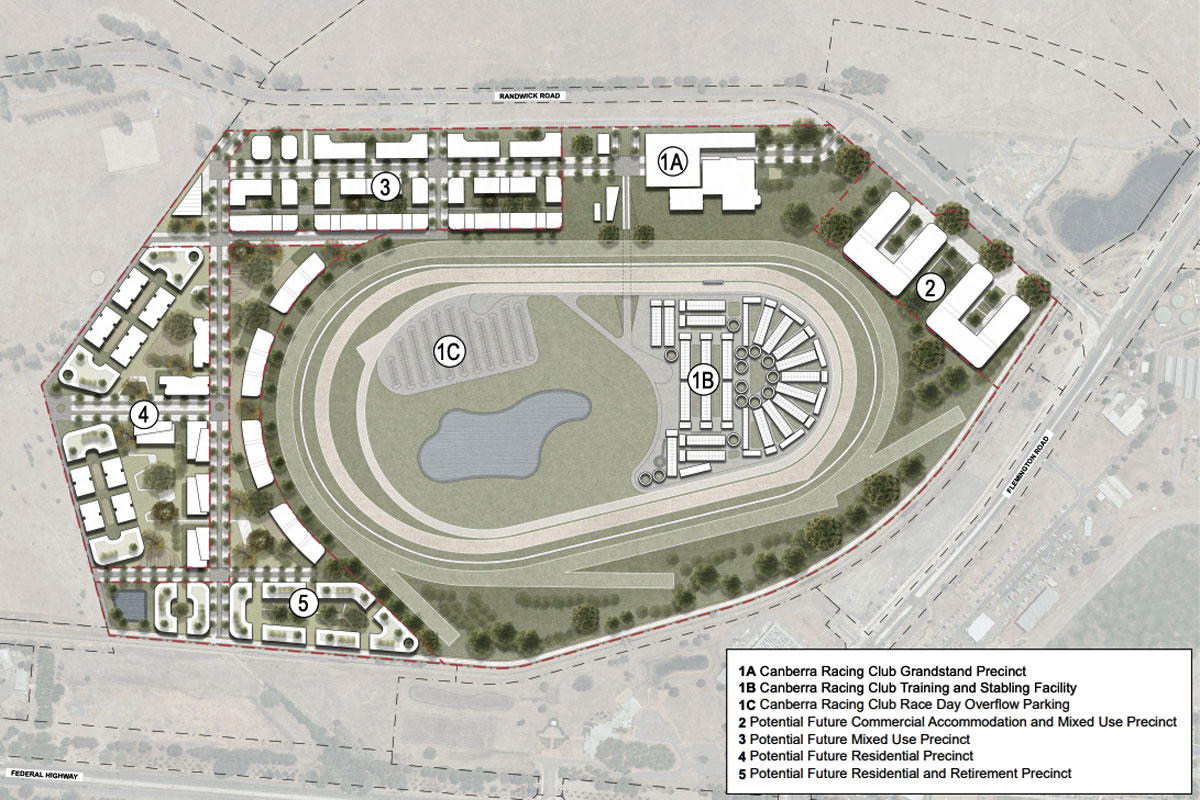
Inner north Canberra community members have been swamped with major development proposals that, according to the planning directorate, need to be commented on in a very short timeframe. The Bureau of Meteorology could not have forecast this inundation of paperwork.

A Great photograph can bring about a myriad of memories as well as pose more mundane questions such as why political movements fail.
Continue reading The disconnect between passionate Peter Dombrovskis and the ACT Greens
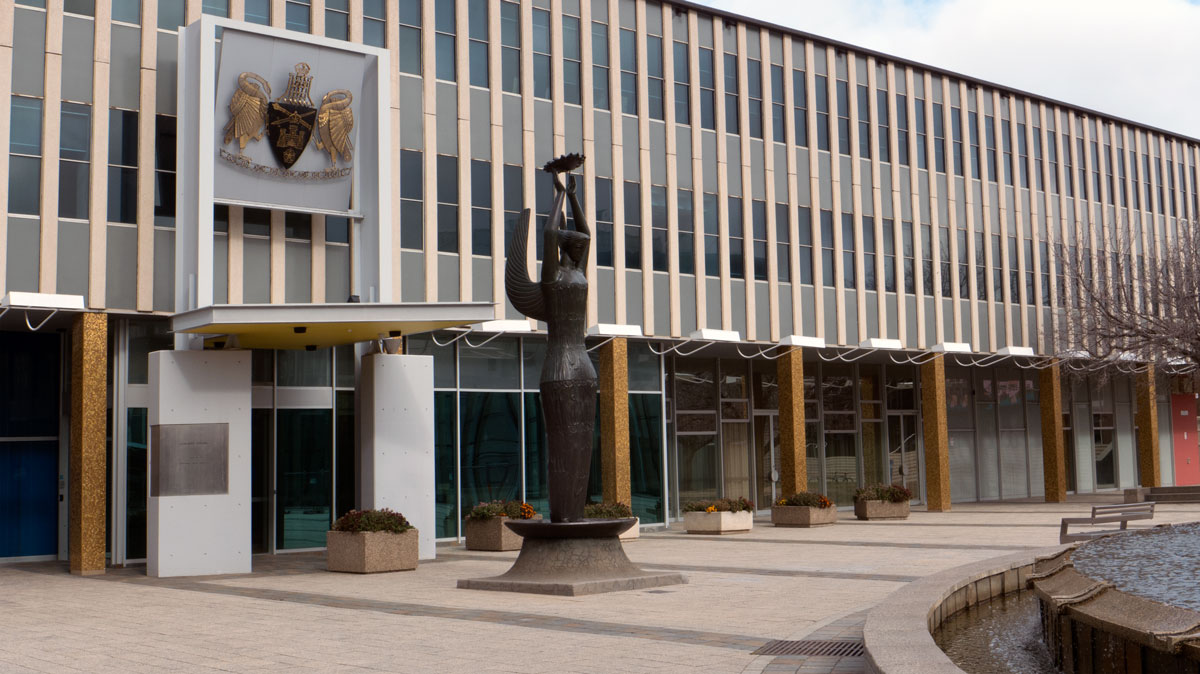
There’s an ACT government standing committee on planning, transport and city services, headed up by Greens MLA Jo Clay that has asked the community to make submissions on the current draft planning bill.
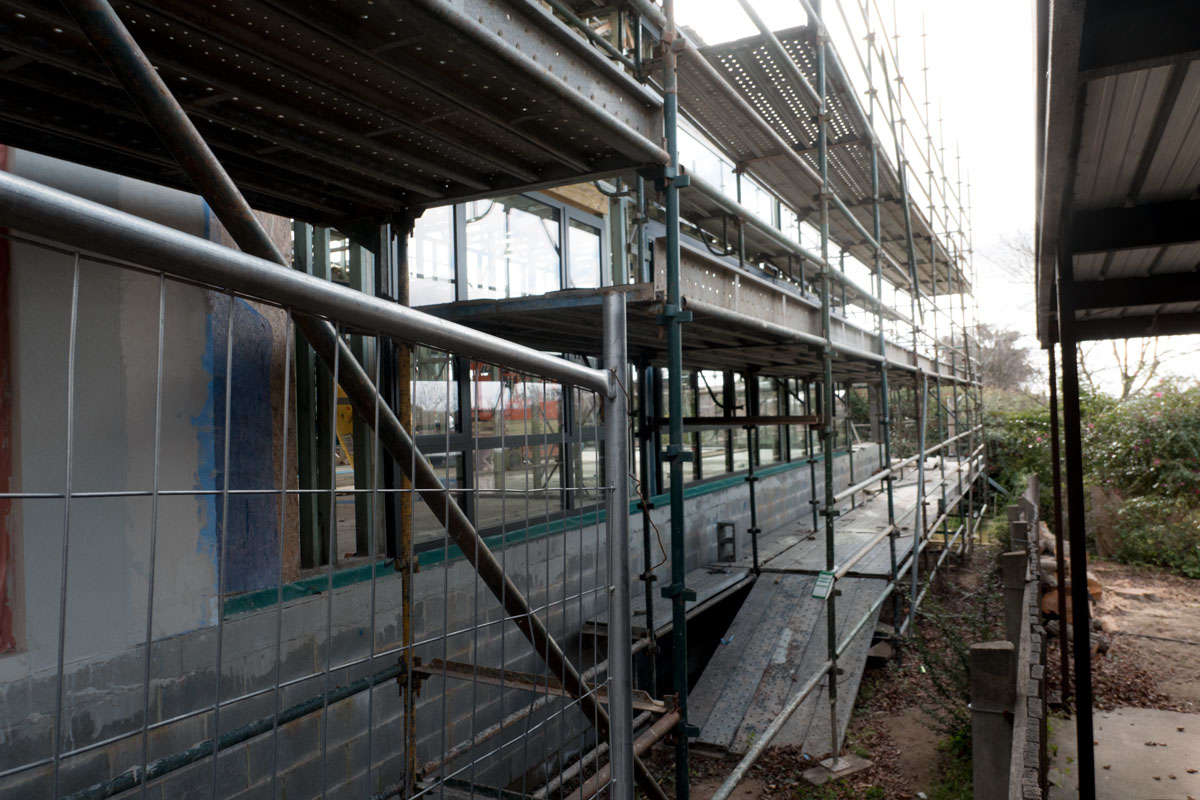
Most mainstream media articles about developments in RZ1 residential zones regularly include developers or their loyal followers who will criticise Canberra’s elite NIMBYs. Continue reading Developers blame selfish residents
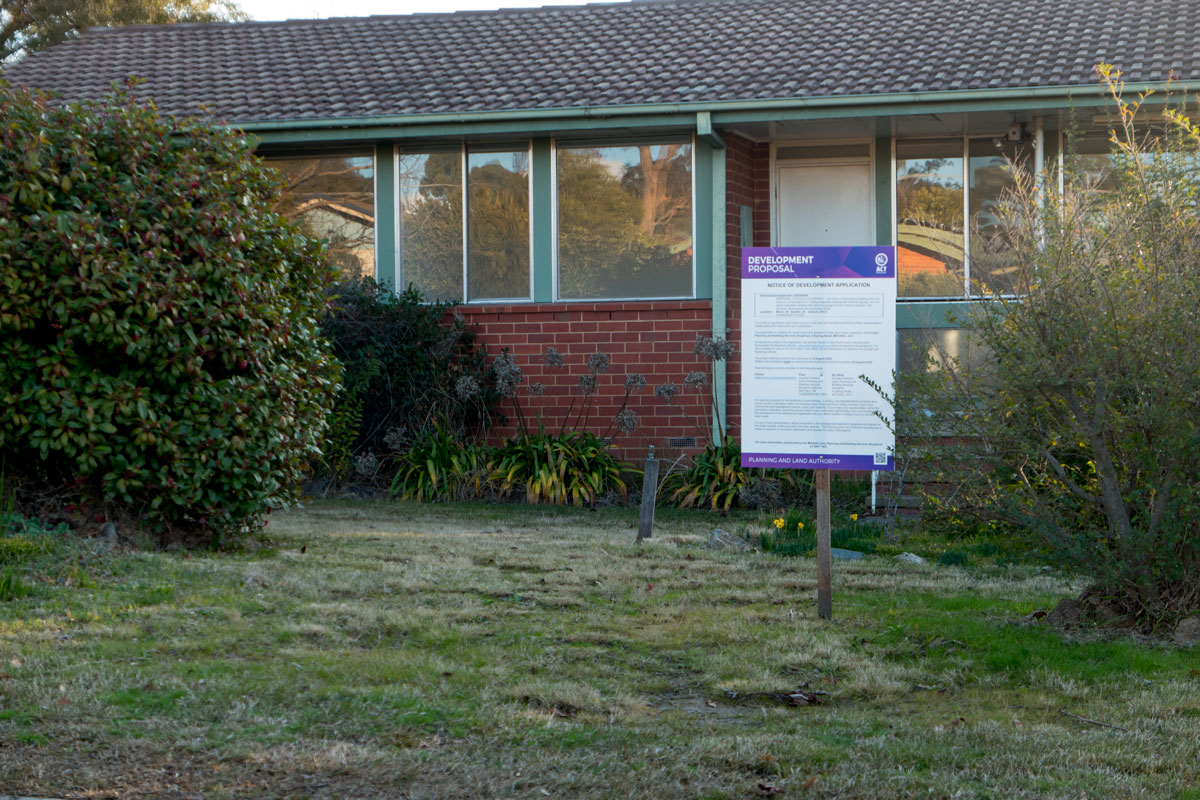
The ACT Greenslabor government regularly makes re-announcements about commitments to sometime soon provide homes that are sustainable. Continue reading Housing ACT as the rogue developer
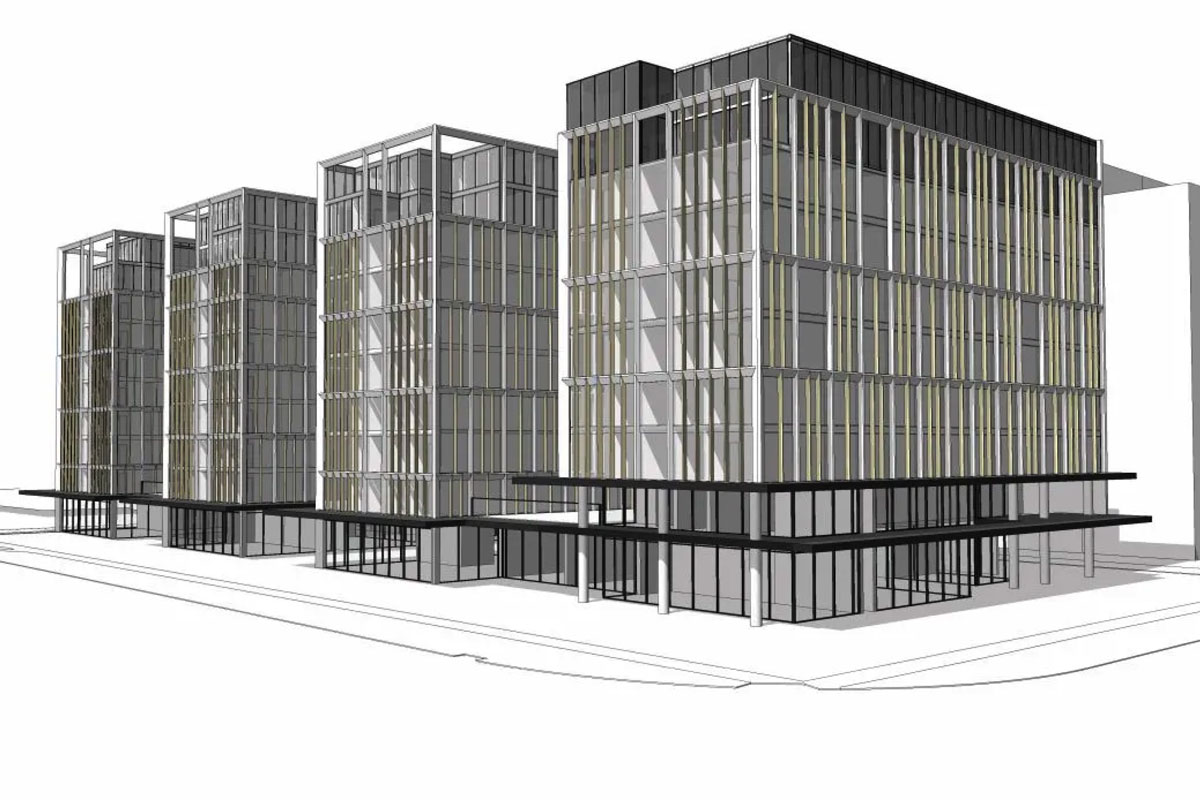
There were several announcements by the ACT government at the end of July with most by the chief minister, Andrew Barr.
Continue reading ACT Government fails on architecture and design
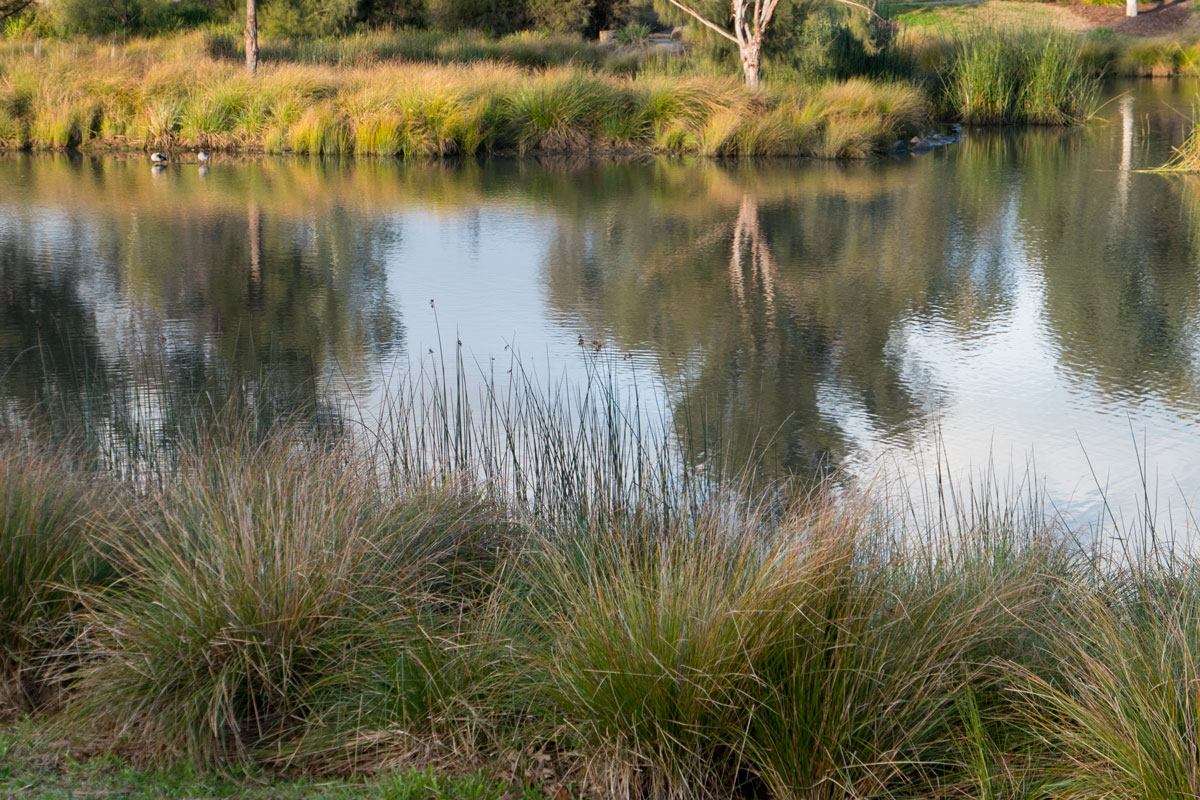
In February, 2012, the then-ACT Labor Environment and Sustainable Development Minister, Simon Corbell, officially opened the Dickson Wetlands (completed in 2011). This marvellous water feature changed the neighbourhood.
Continue reading Dreaming of having a real environment minister
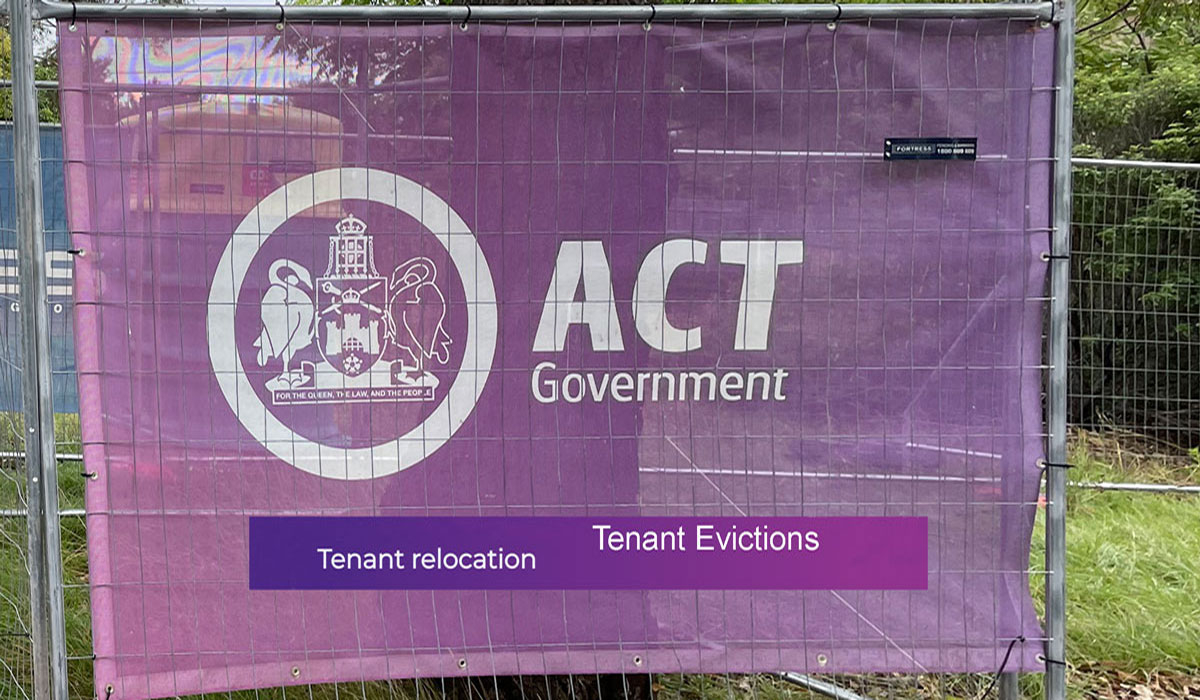
There are discussions within the community sector puzzling over the motives of the ACT government’s politicians and bureaucrats when it comes to their managing planning, development and housing. Continue reading The cruelty of ACT Government politicians
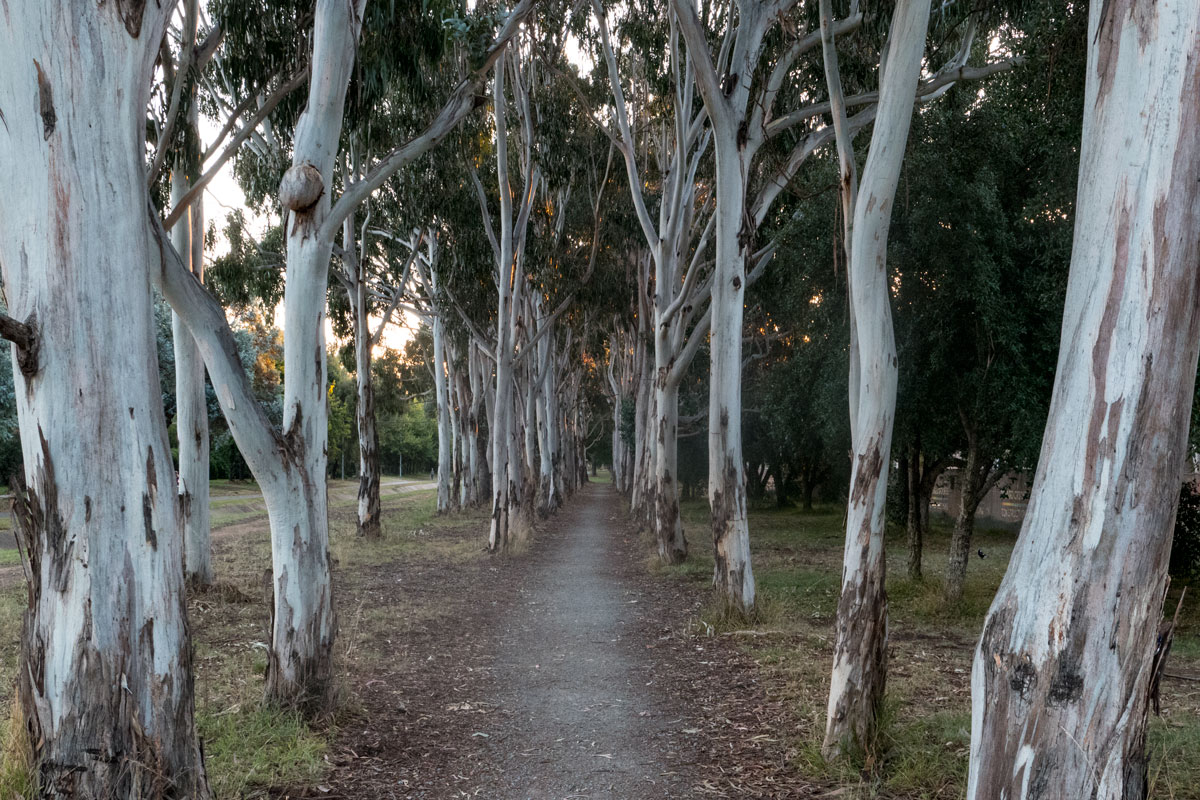
Towards the end of the Inner South Canberra Community Council’s forum last month, a question was asked about whether the chief planner could override decisions on urban trees. Continue reading Pretending to care about the fate of mature trees
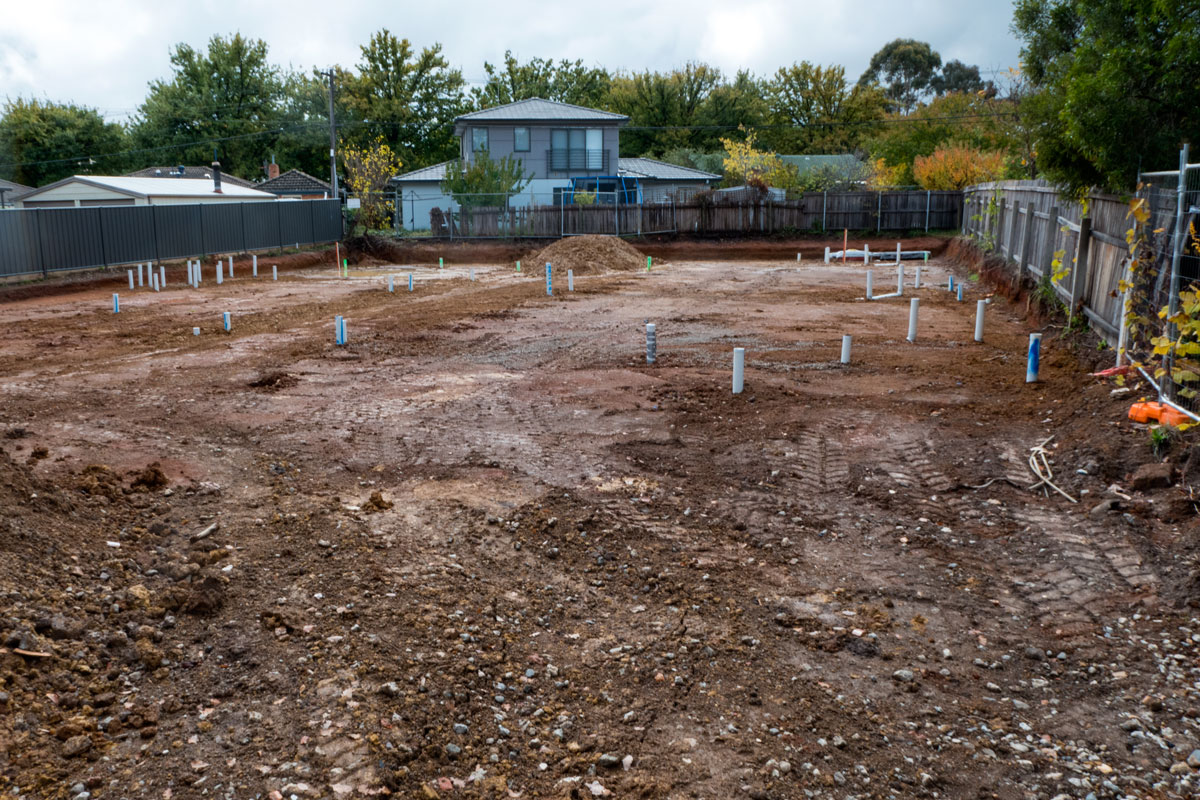
While voters were occupied with the federal election, the ACT Planning Directorate slipped through a variation to Variation 369 – the one that was to deliver greenery to the city’s backyards.
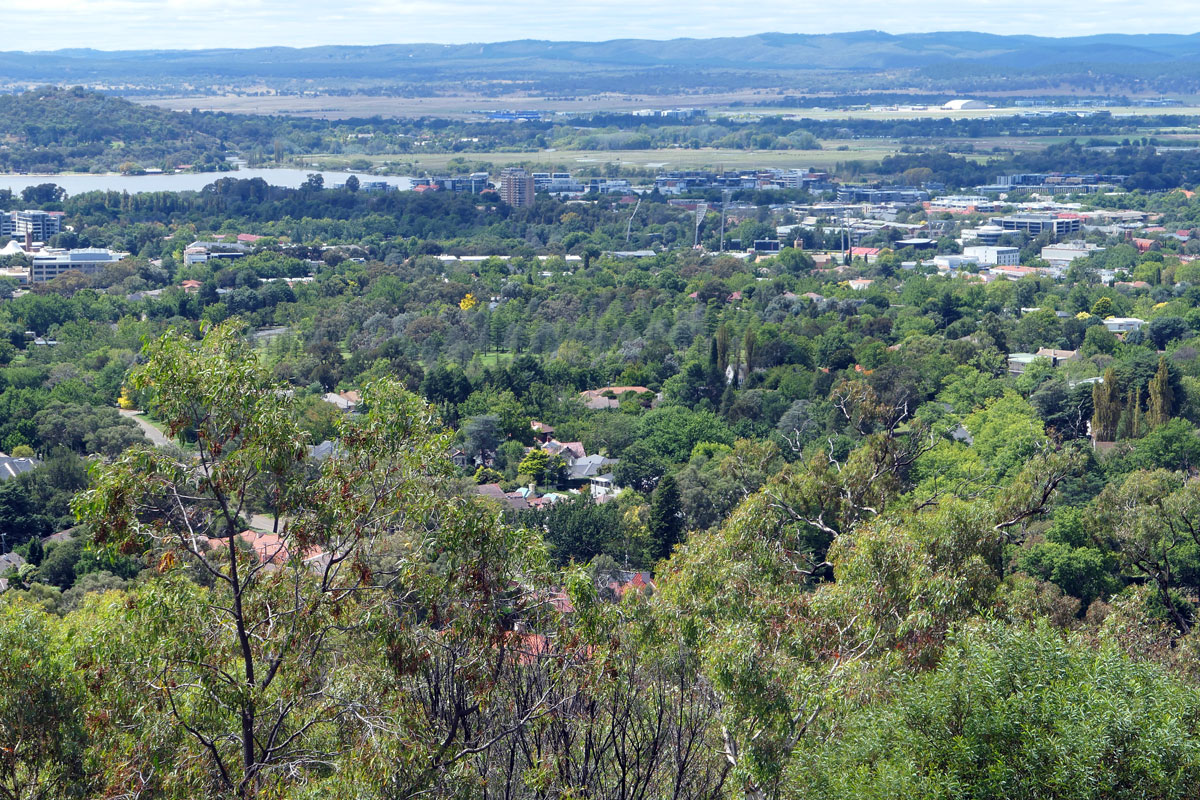
Last Tuesday 9th May, the inner south community met to hear presentations on the ACT Government’s efforts at planning reform.
Continue reading The ACT Government’s planning reforms fail the basics
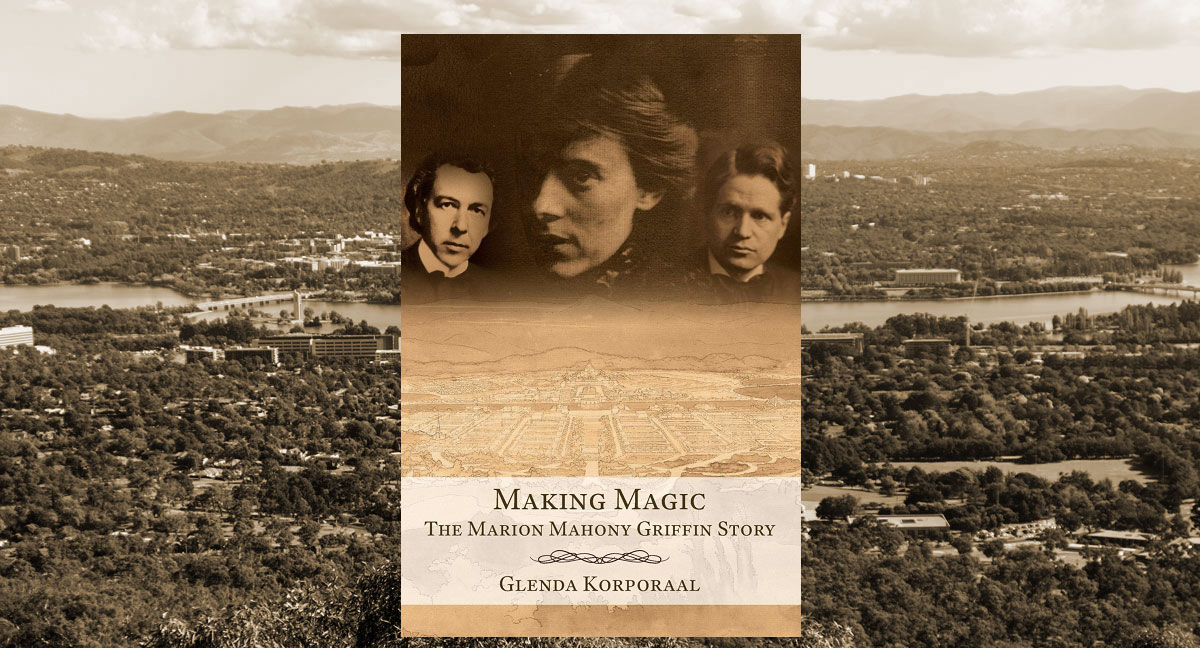
Particular major urban developments in Canberra have been promoted to be in line with the plans of Marion Mahony Griffin and Walter Burley Griffin or somehow in the spirit of the Griffins.
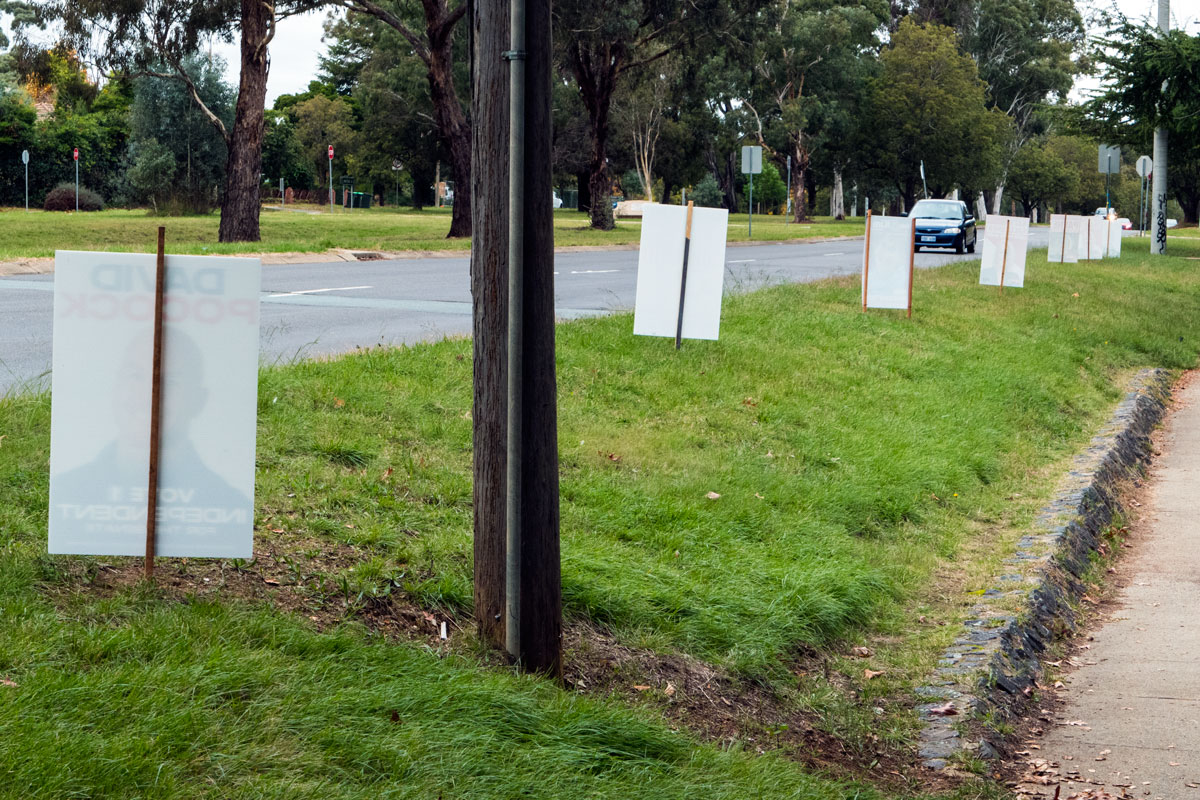
Election forums are underway across the city. You do get to watch the candidates in action. Unfortunately, their performances have not been individually or collectively too exciting.
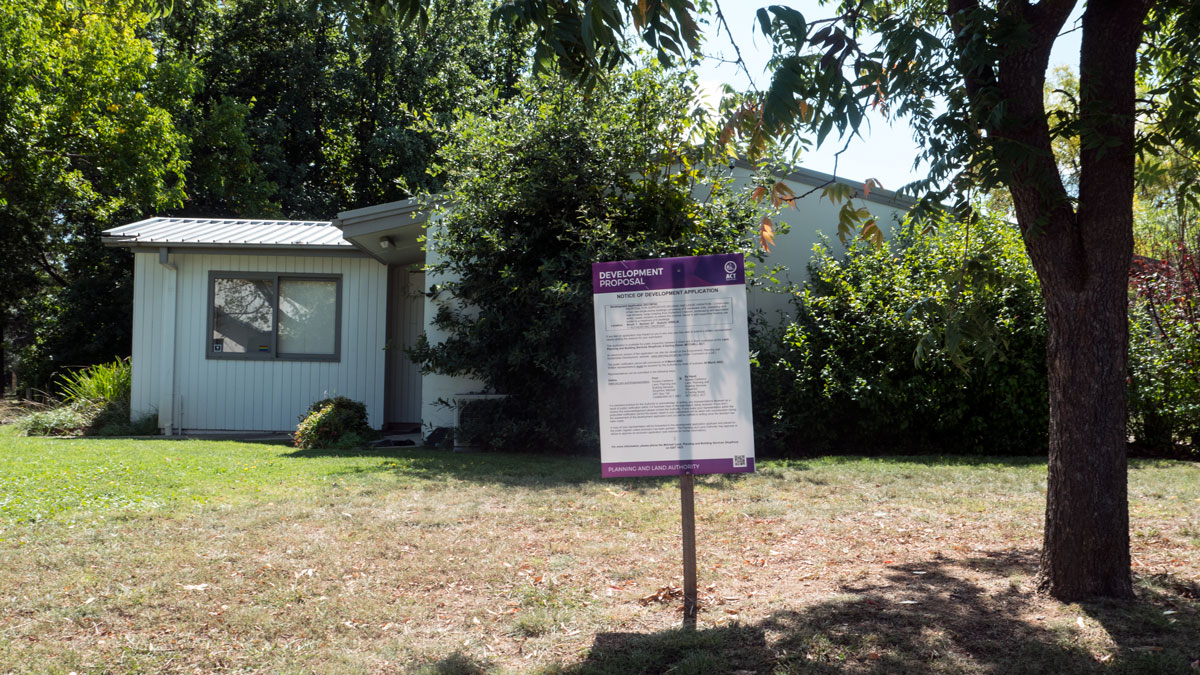
The ACT government’s planning system and processes are no longer fit for purpose. They have been corrupted by ad hoc, ill-informed and illogical decisions.
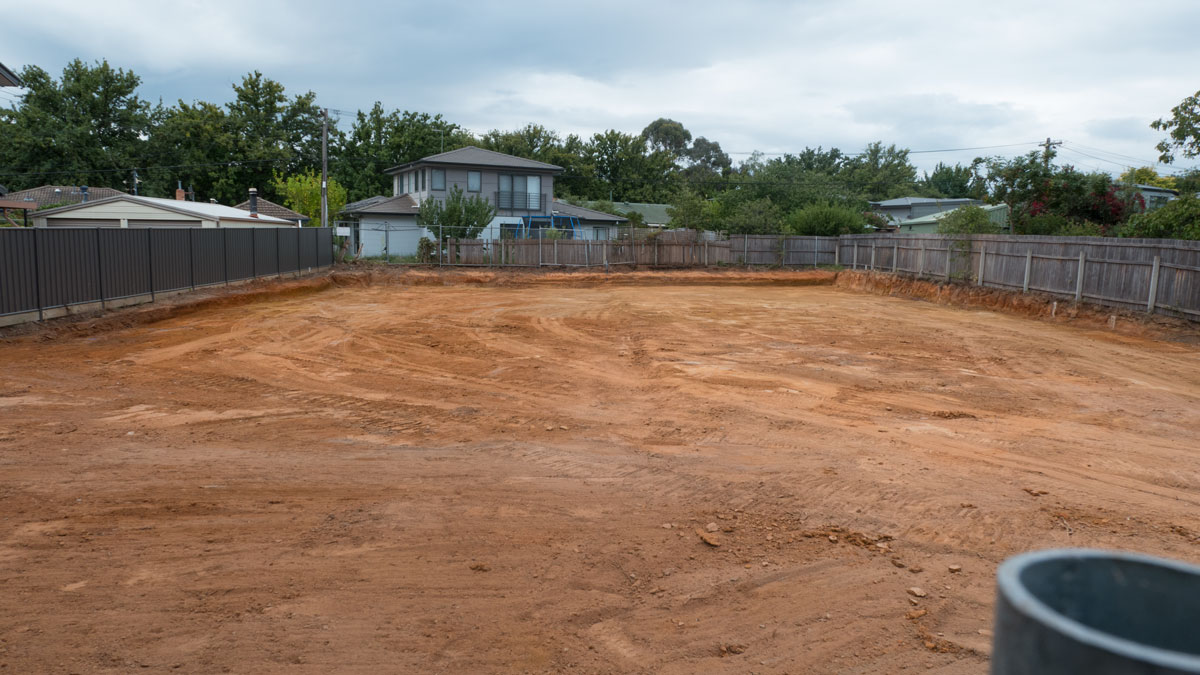
Last week, the ACT Environment Minister, Rebecca Vassarotti, announced her draft action plan about the loss of mature trees.
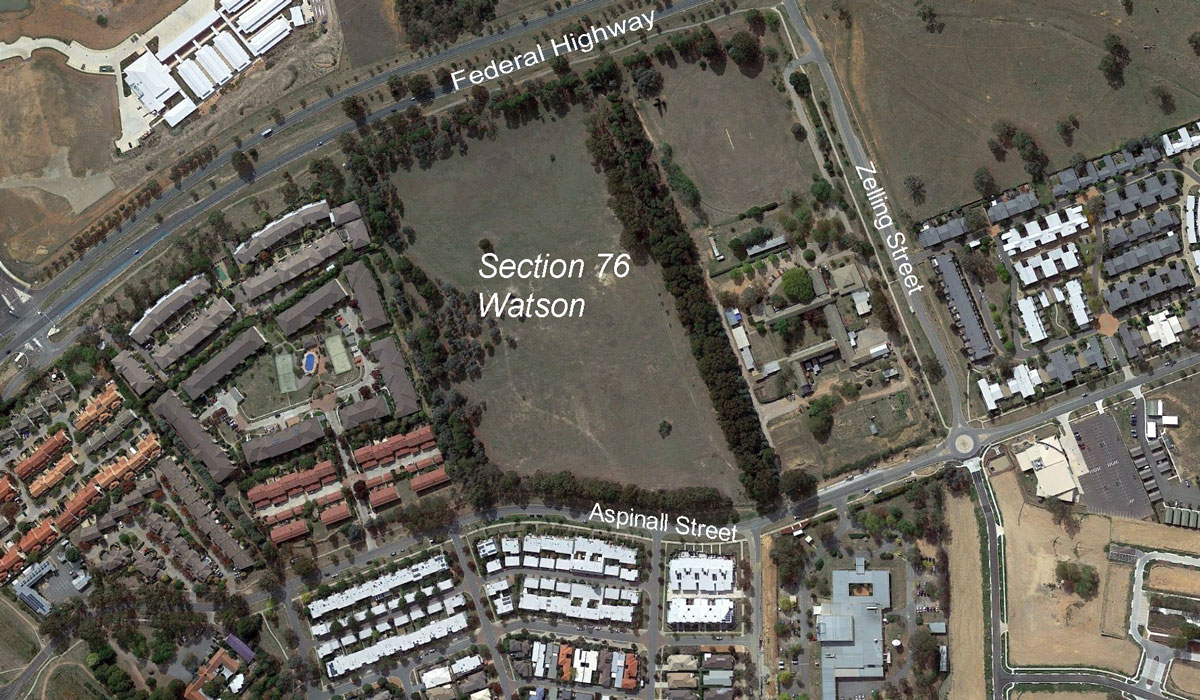
Once ACT Greens and Labor politicians become very important ministers in the ACT government, their contact with real people diminishes.
Continue reading ACT Politicians need to talk to Watson residents
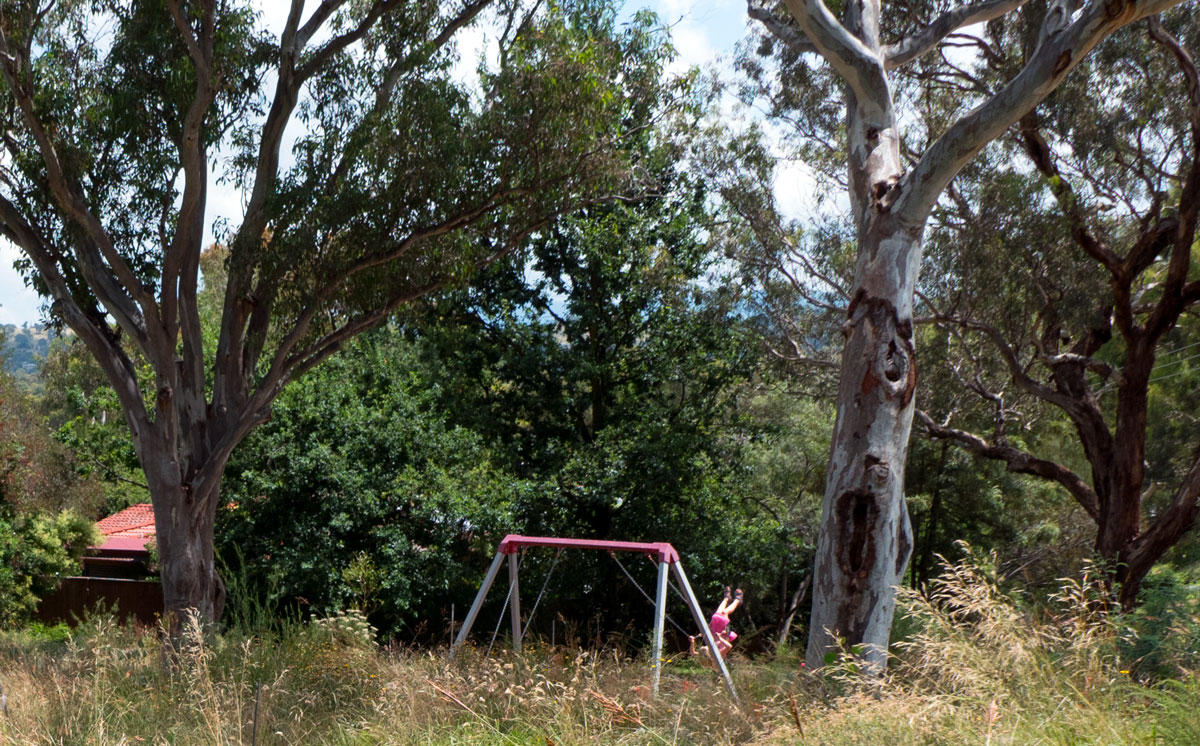 There used to be the sound of owls in the inner north of Canberra at night time. I didn’t really appreciate the beauty of their call until, one day, I realised it was no more.
There used to be the sound of owls in the inner north of Canberra at night time. I didn’t really appreciate the beauty of their call until, one day, I realised it was no more.
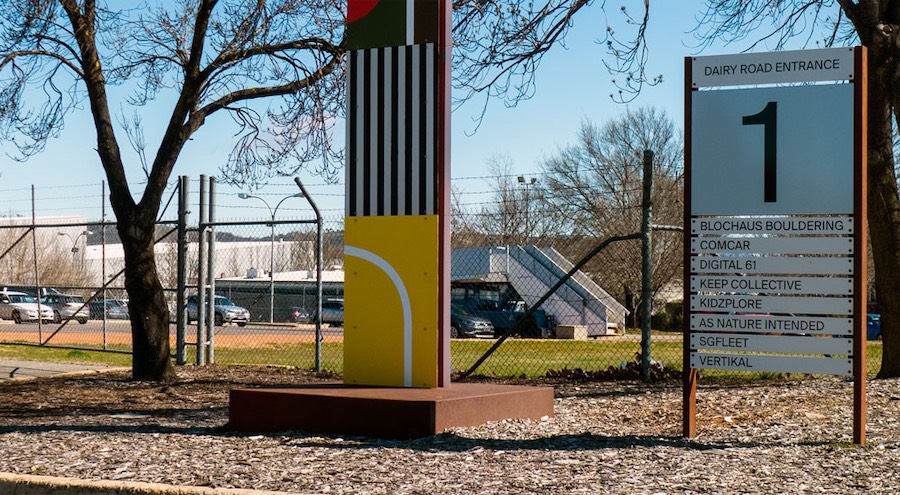
During a recent Inner South Canberra Community Council meeting, a topic mentioned by several speakers was one of the fundamental problems with the ACT planning system.
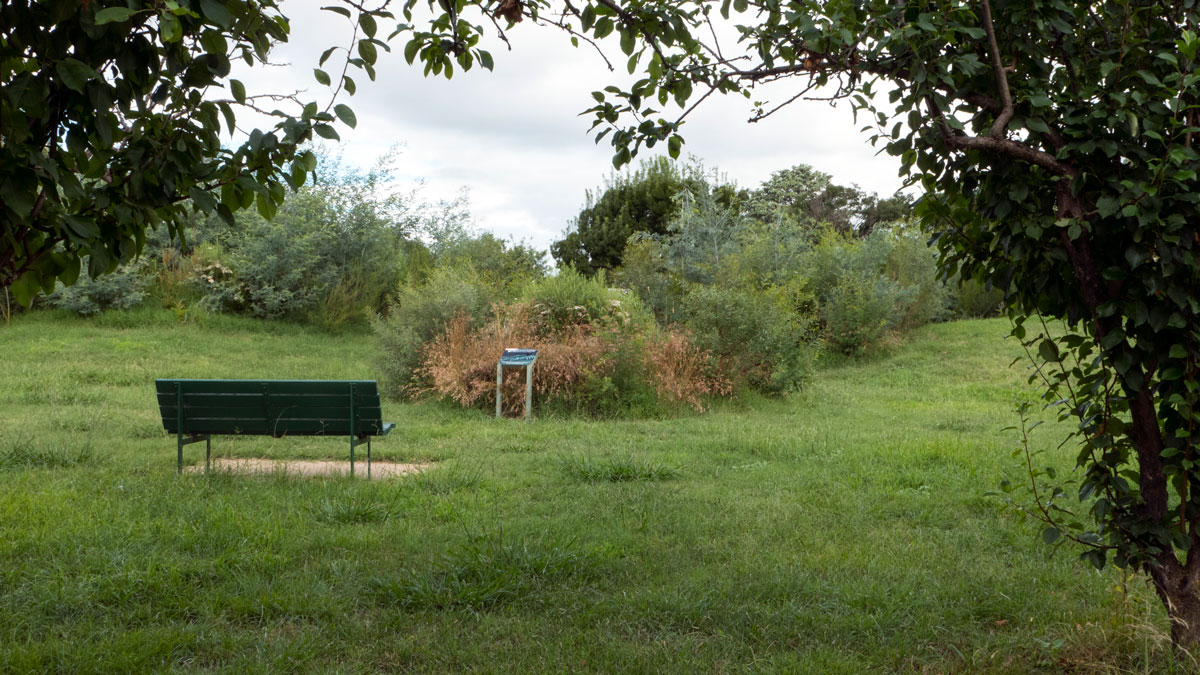
I recently sat on the pictured bench and pondered the shrubbery and trees planted in several clumps on a mound in a Downer park.
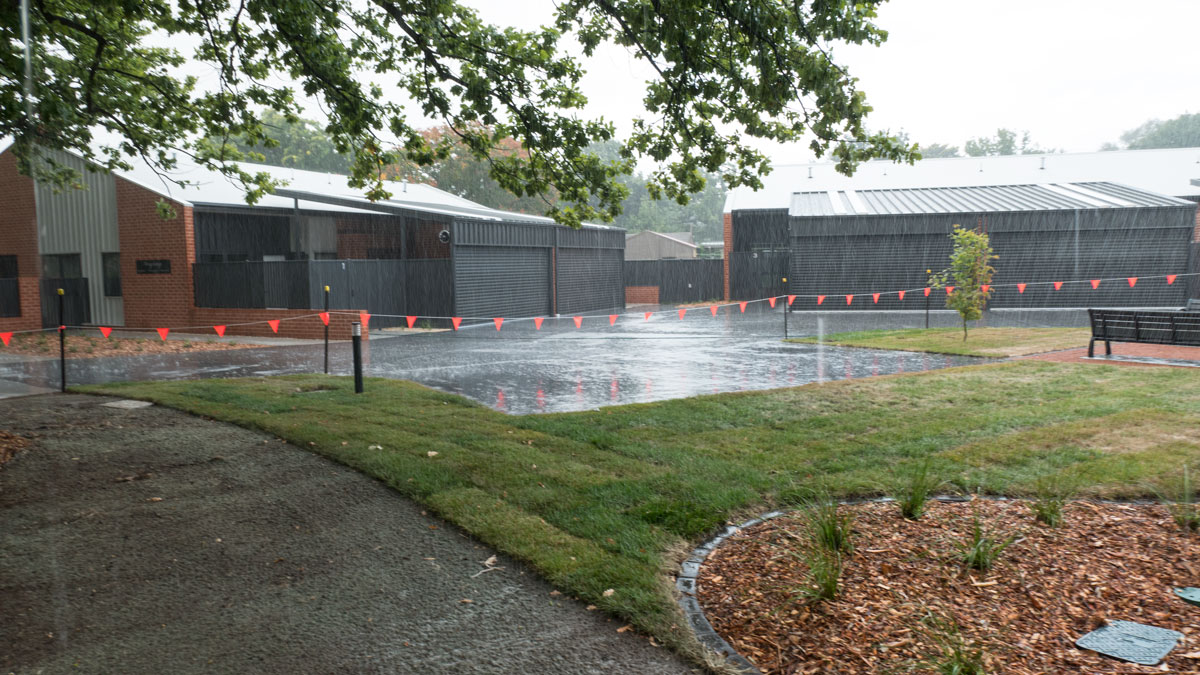
Several conversations of late have centered on the question – what has happened to the much-touted Draft Variation 369?
Continue reading ACT Variation on greenery goes missing in action
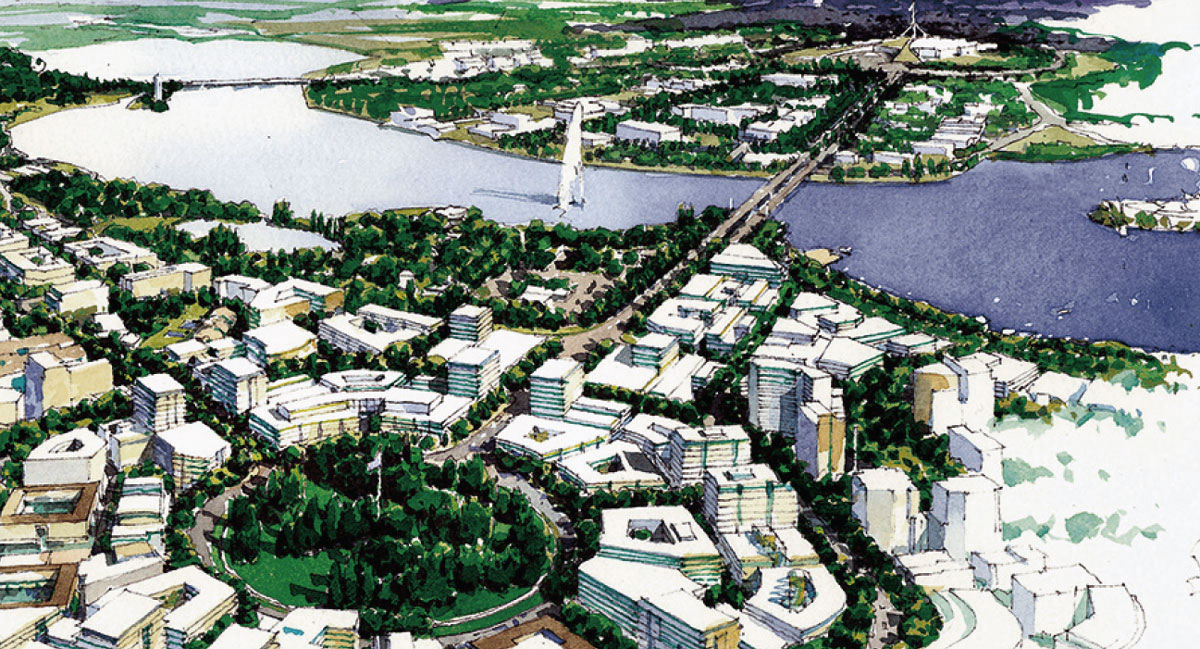
The ACT government’s proposal to “Raise London Circuit” for the tram was submitted for approval to the National Capital Authority (NCA) in October.
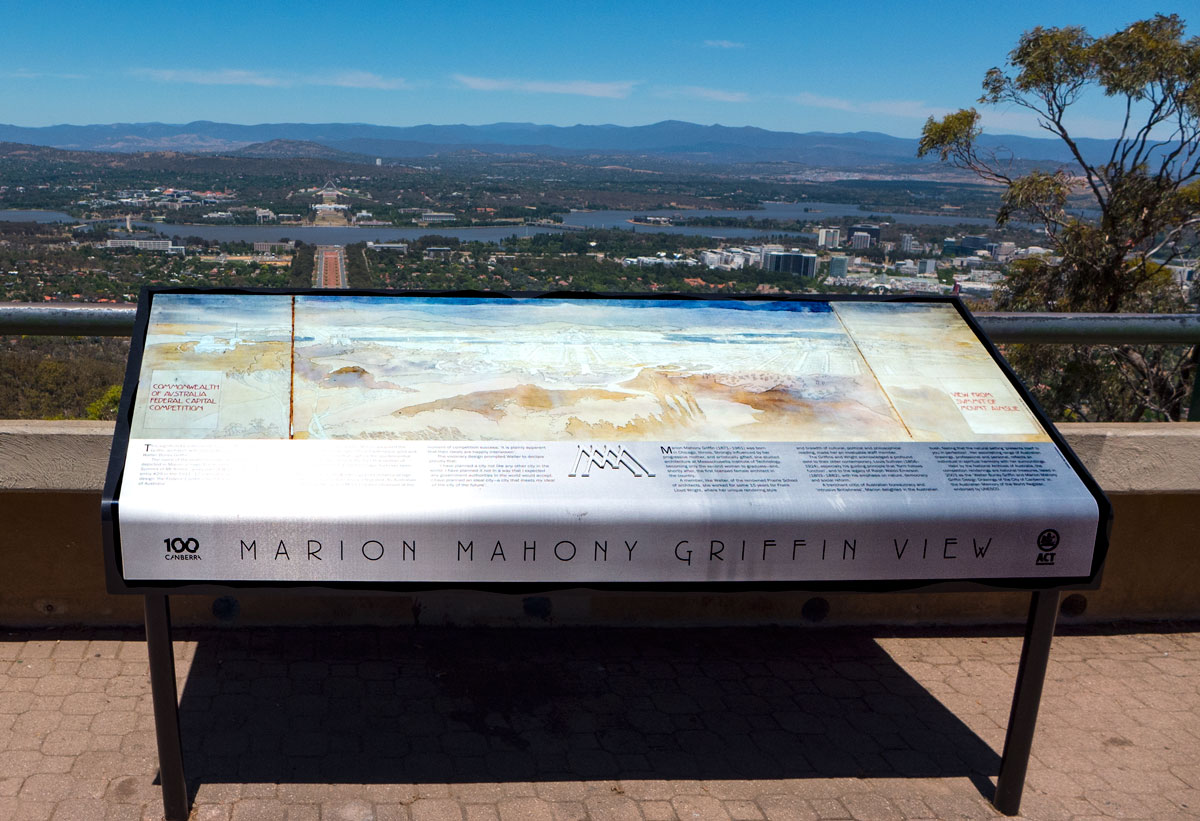
When Marion Mahony Griffin provided those glorious drawings for the submission to design Canberra, she included a distant view of the mountains.
Continue reading Marion Mahony Griffin’s vision for Canberra
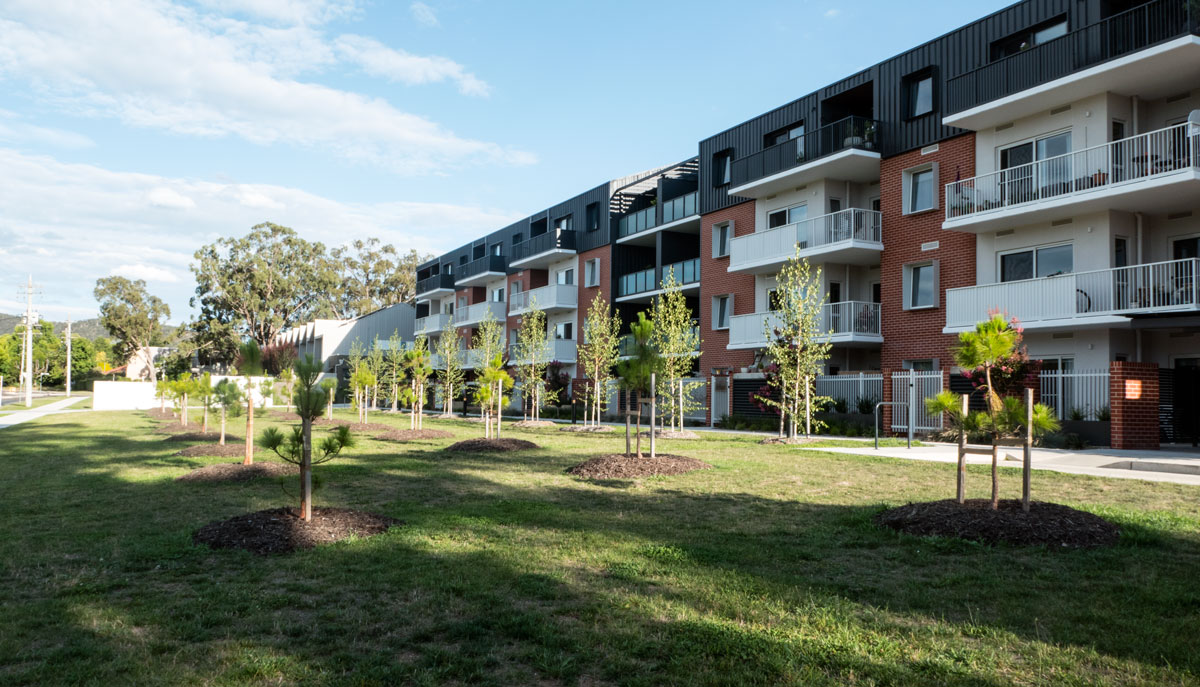
The trees along Bradfield Street, Downer, have been the subject of debates in Downer for at least a decade.
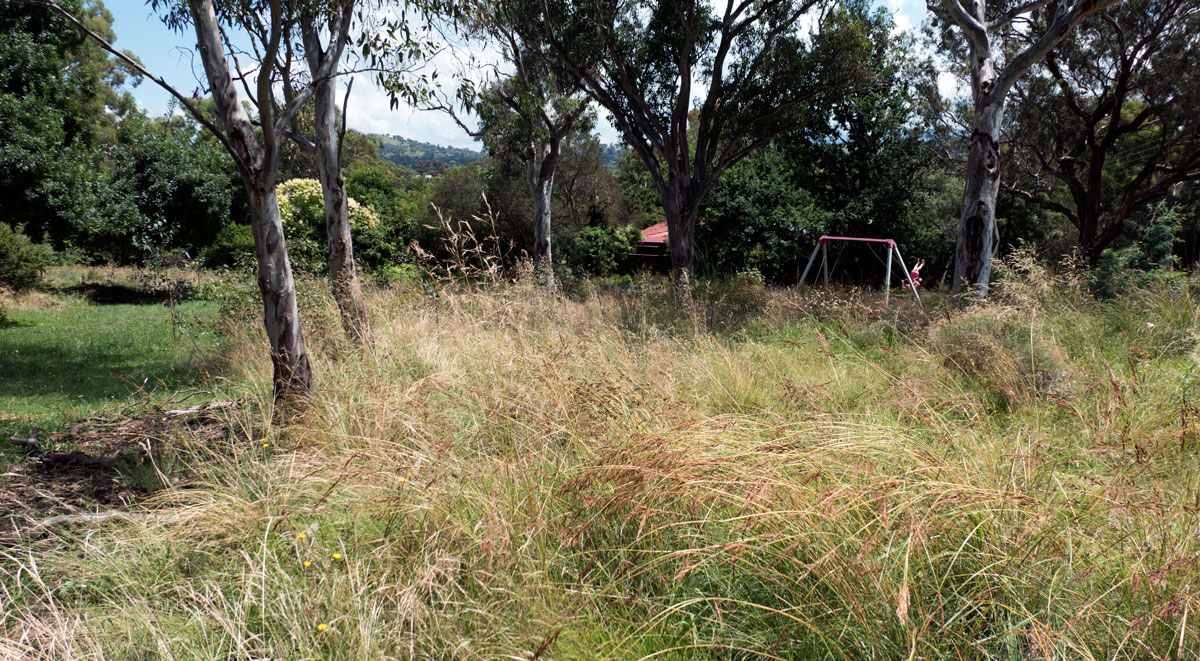
There are many open spaces in Canberra that could be doing far more for biodiversity.

Welcome to 2022. While there are many things not yet addressed in planning and development by the elder Andrew Barr and his government, there are some tangible programs to do with biodiversity that are waiting to happen.
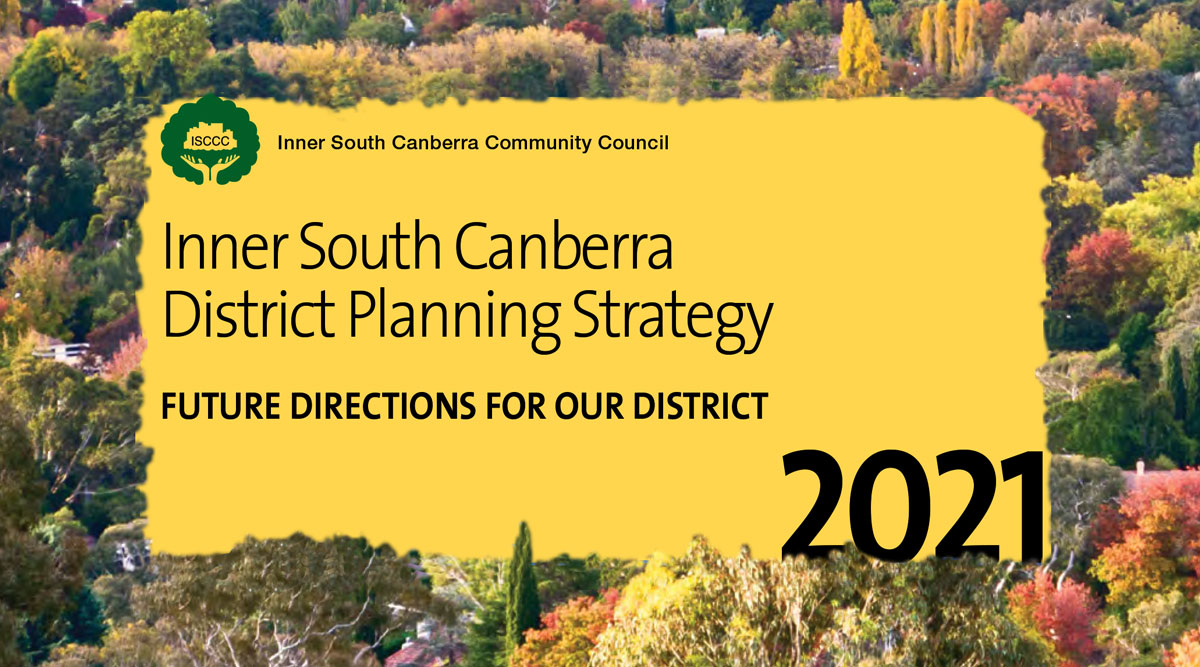
First, a shout out to the hard-working community council volunteers who bring together views of residents and then present these to the government. The latest has just been published by the Inner South Canberra Community Council (ISCCC).
Continue reading Inner South Canberra District Planning Strategy
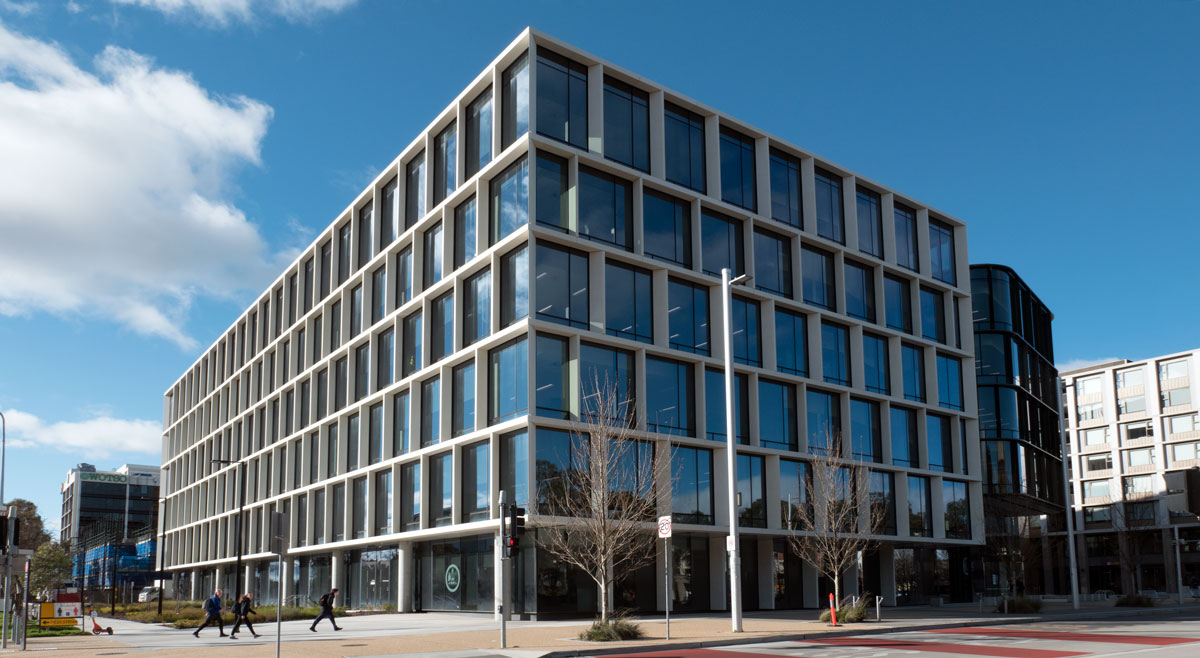
This year’s planning reform announcement was accompanied by the usual spin (sorry, media release) and another misleading online document (sorry, progress report).
Continue reading Something nasty is stirring in planning reforms
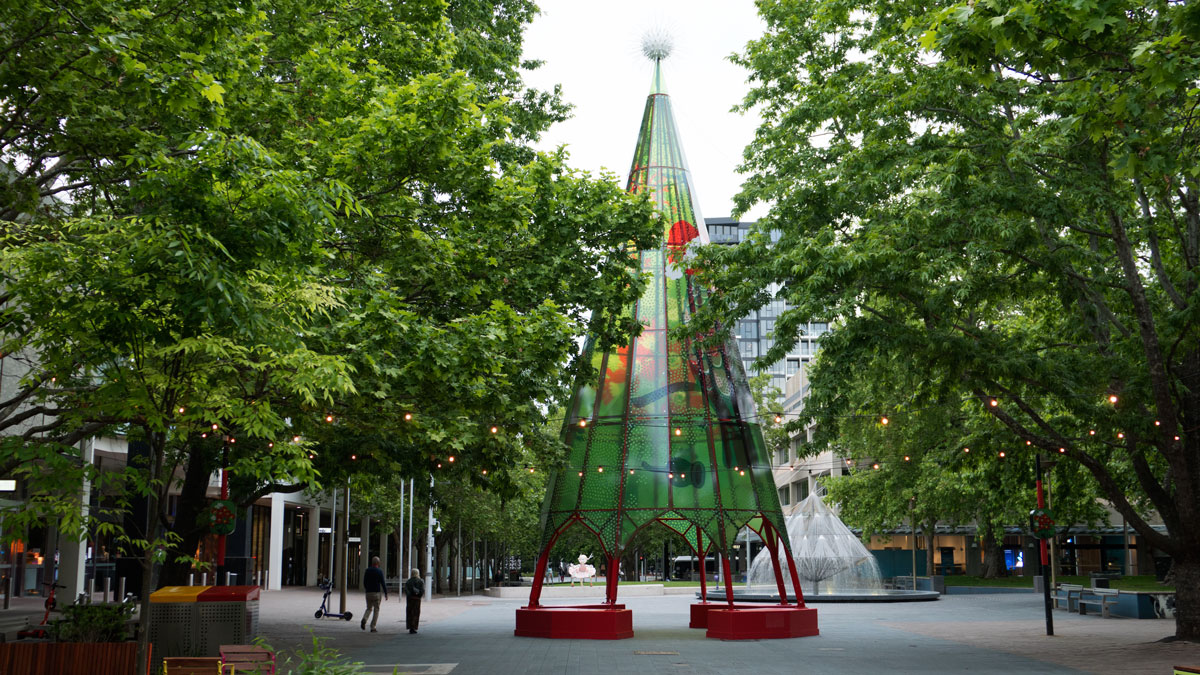
Wandering through Civic, there loomed ahead a shape.
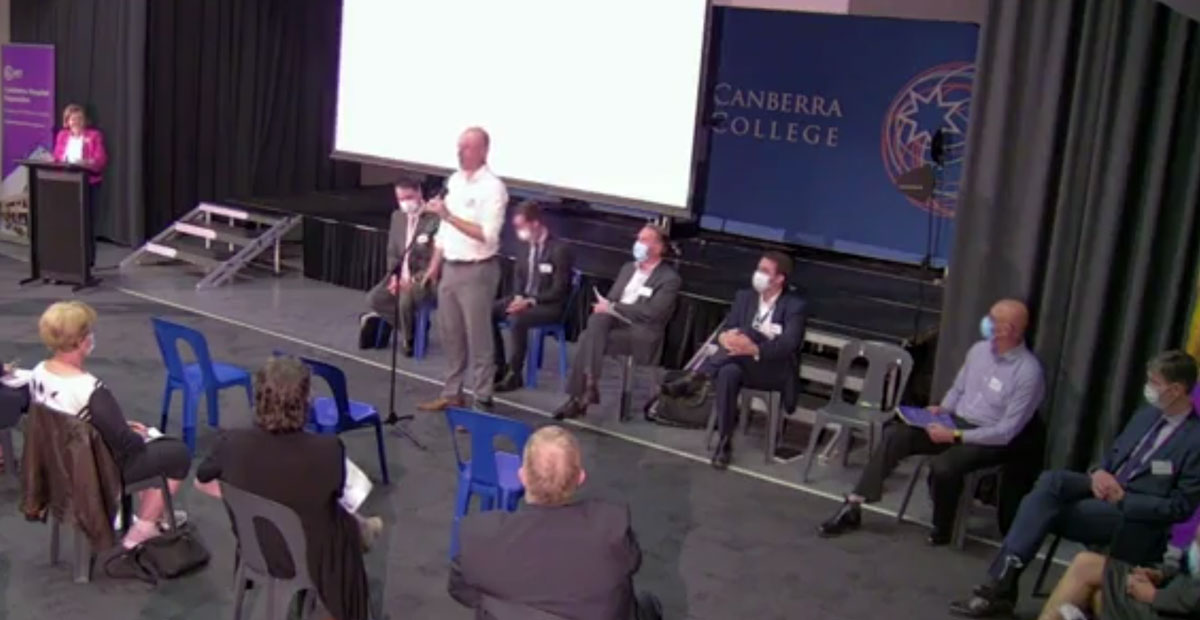
For almost half a decade, the Woden Valley Community Council (WVCC) has been careful not to oppose development. The WCCC has focused on the quality of the developments and to have the redevelopments include social and sporting facilities.
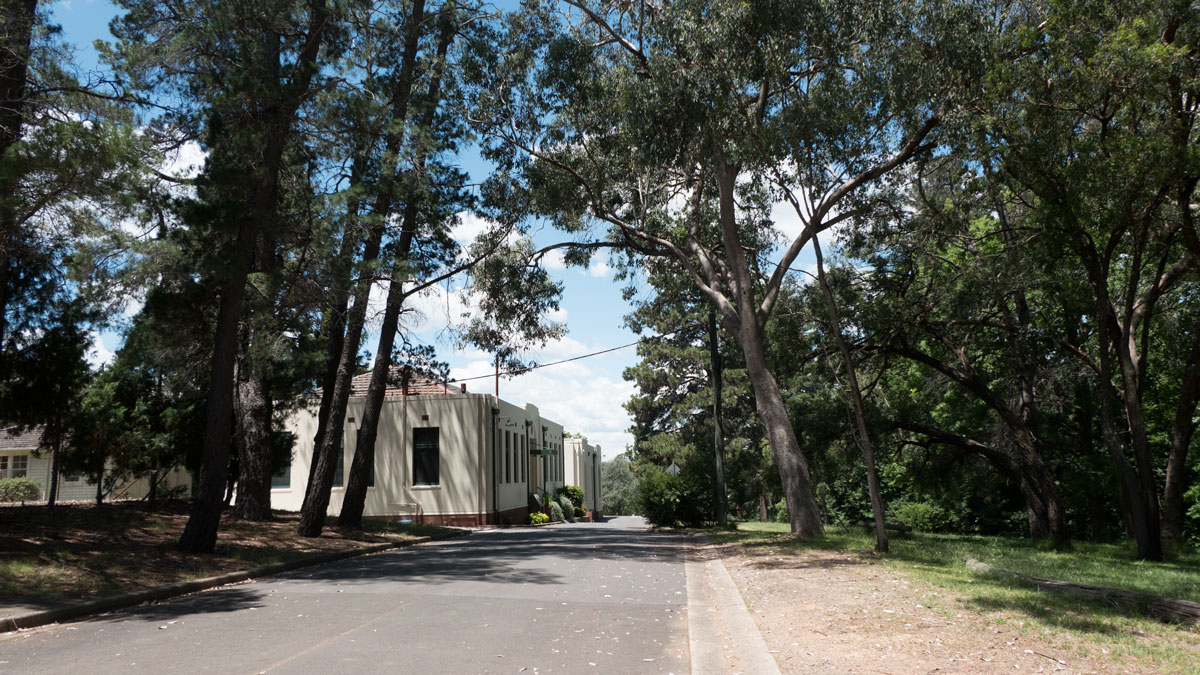
When you think of planning and development and who is making a mess of this city, attention usually turns to the dark arts as practised by the ACT Planning Directorate.
Continue reading innovative architecture versus boringly normal
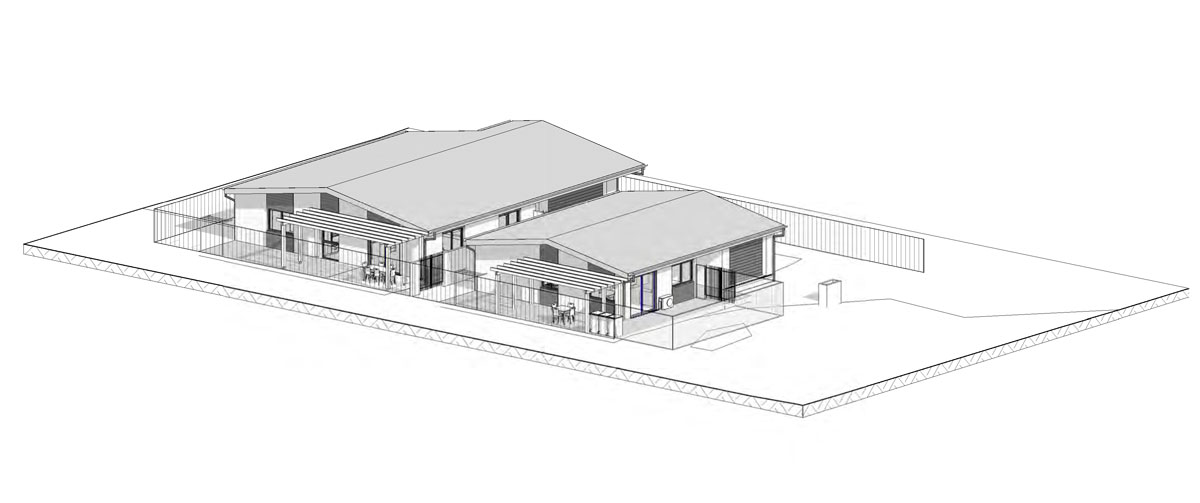
One constant theme of residents is the ad hoc planning regimes that enable knock-down rebuilds in established suburbs resulting in a loss of trees, greenery and biodiversity.
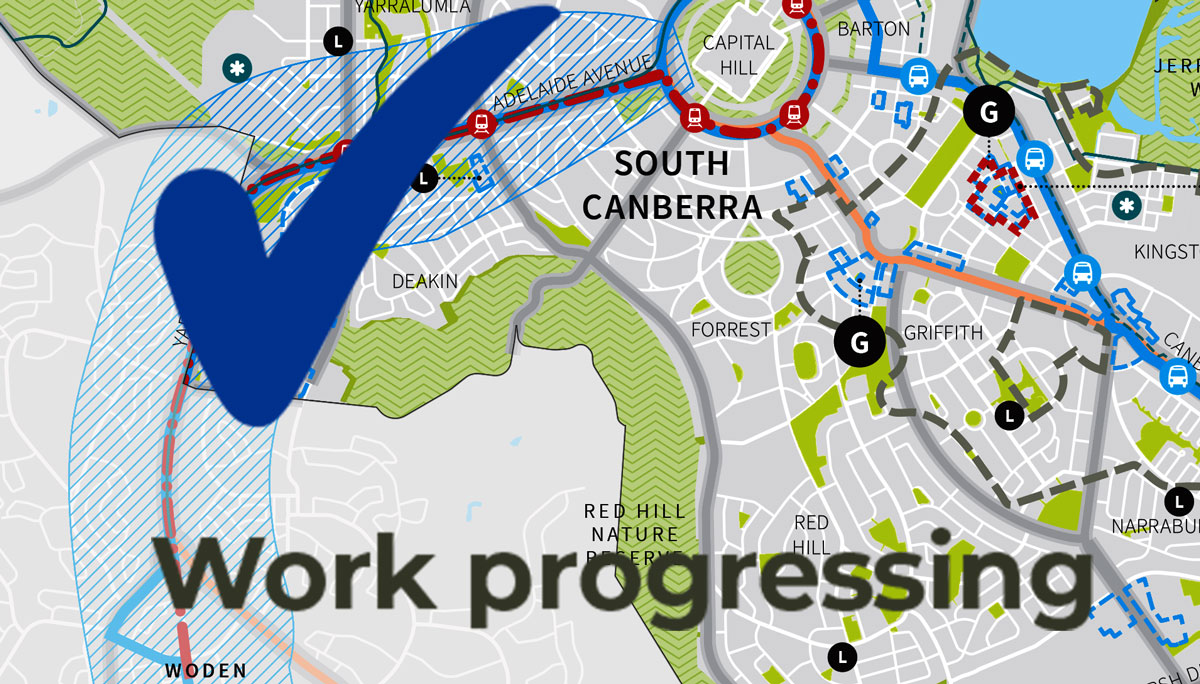
A good strategic or corporate plan outlines what is being done and proves timelines.
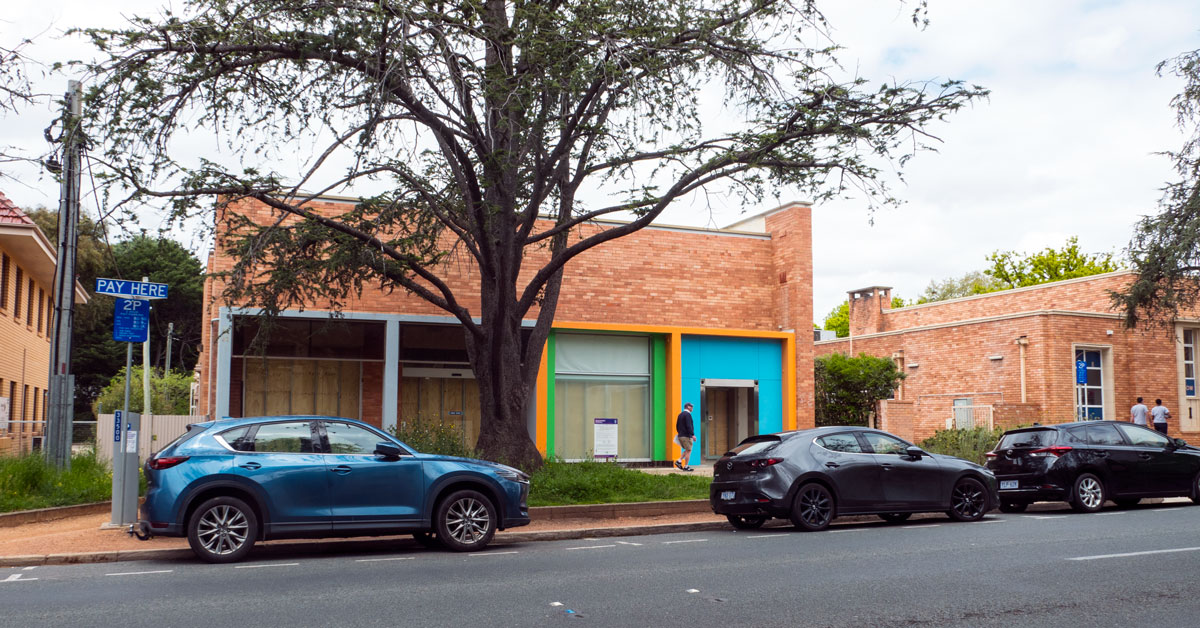
This was to be the year the ACT government was to deliver the much-vaunted reforms to make planning simpler and more accessible.
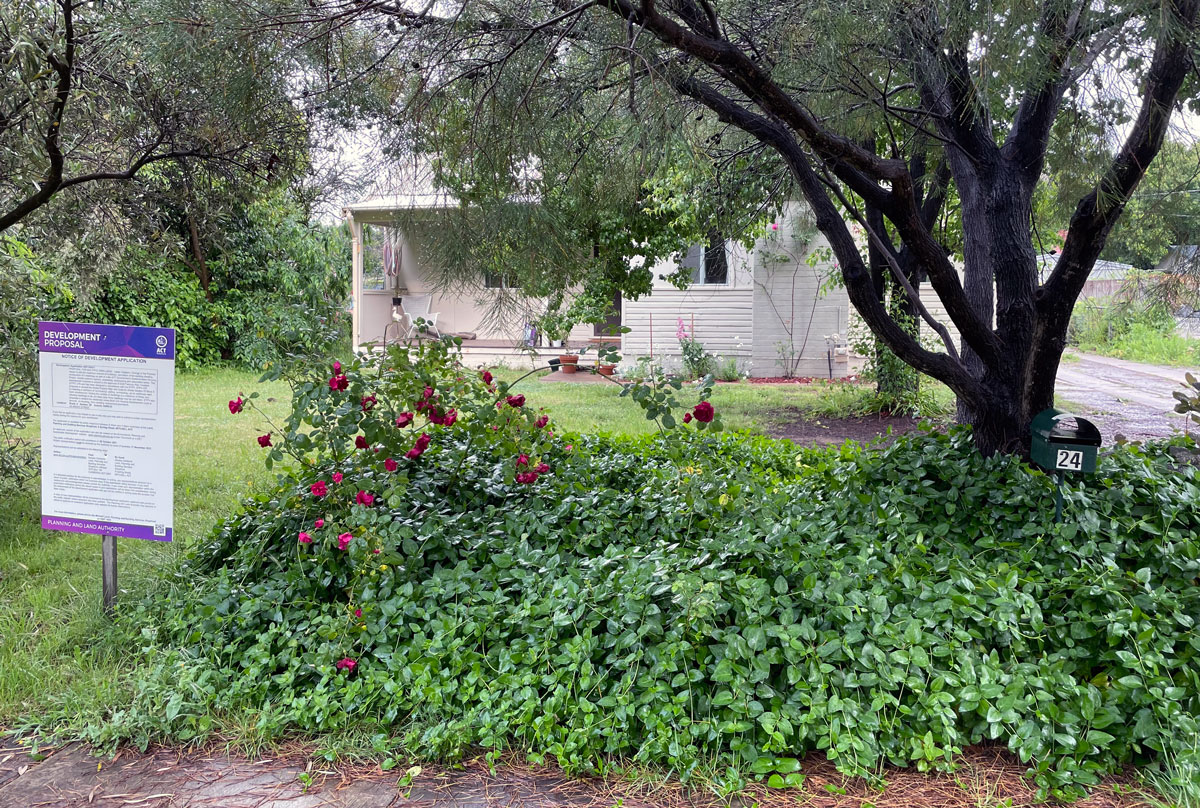
Last week ACT Planning Minister Mick Gentleman announced the approval for the draft variation for the first of the “Demonstration House” projects.
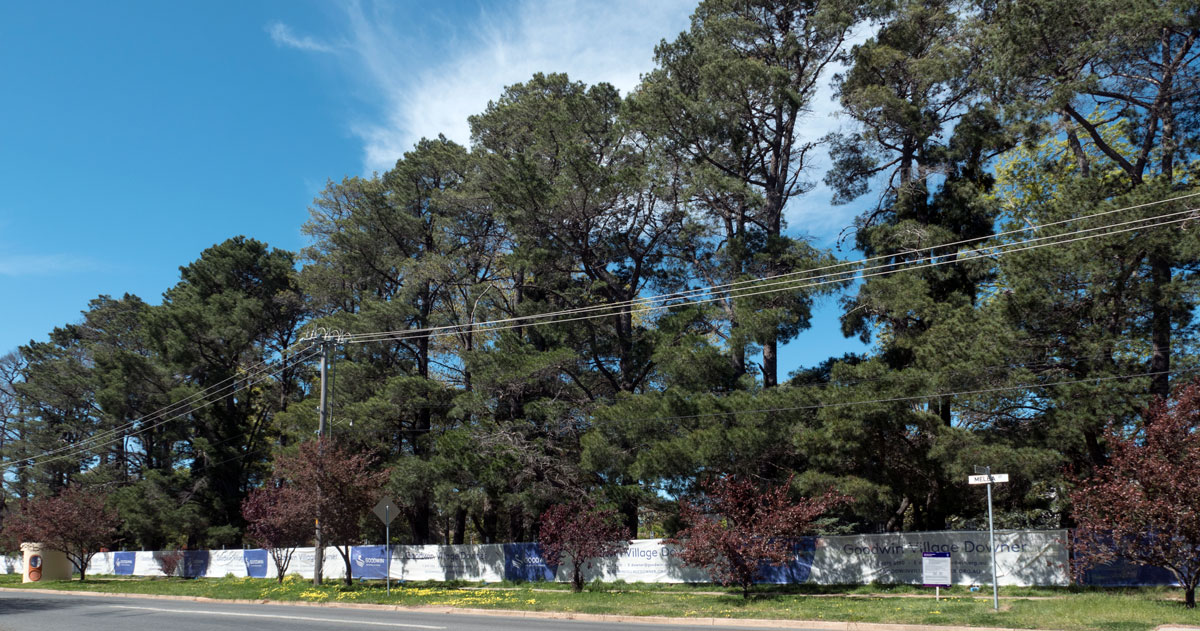
About a month ago community organisations floated the idea that the ACT Planning Minister Mick Gentleman, should be replaced. What a great idea!
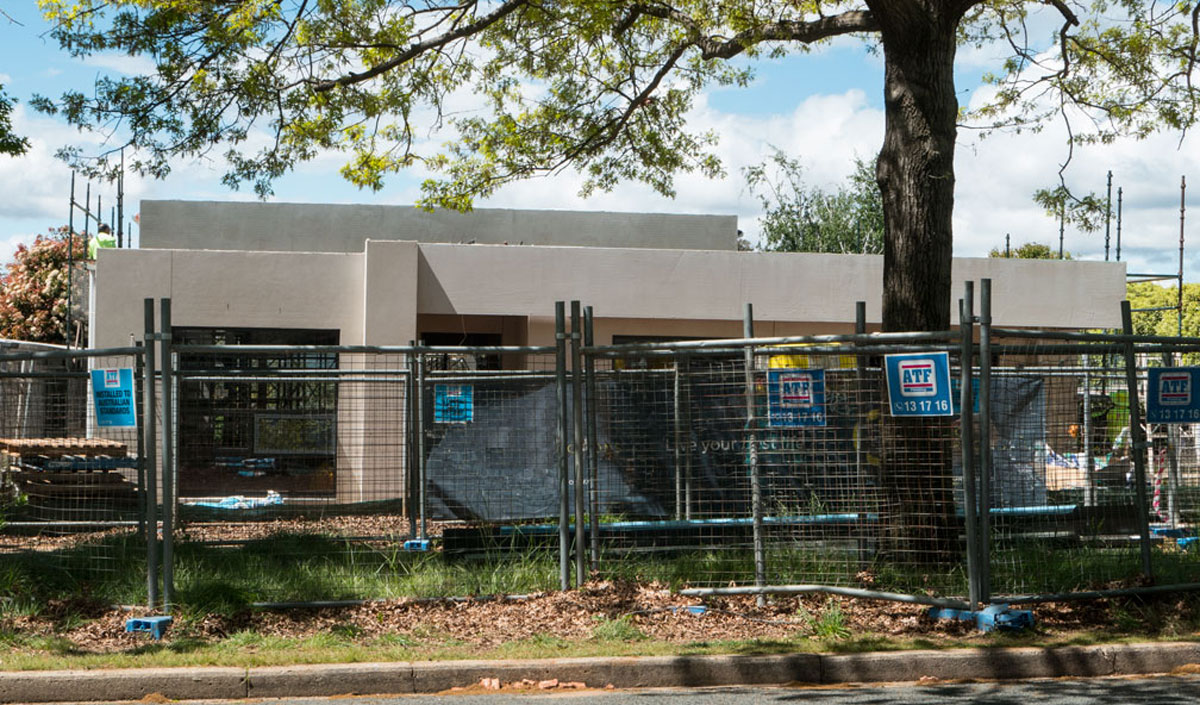
For most people, what happens with planning regulations tends to be of little interest, until the day arrives when it becomes the issue requiring their utmost concentration to work out what the hell is going on.
Continue reading When planning permission is beyond the pale
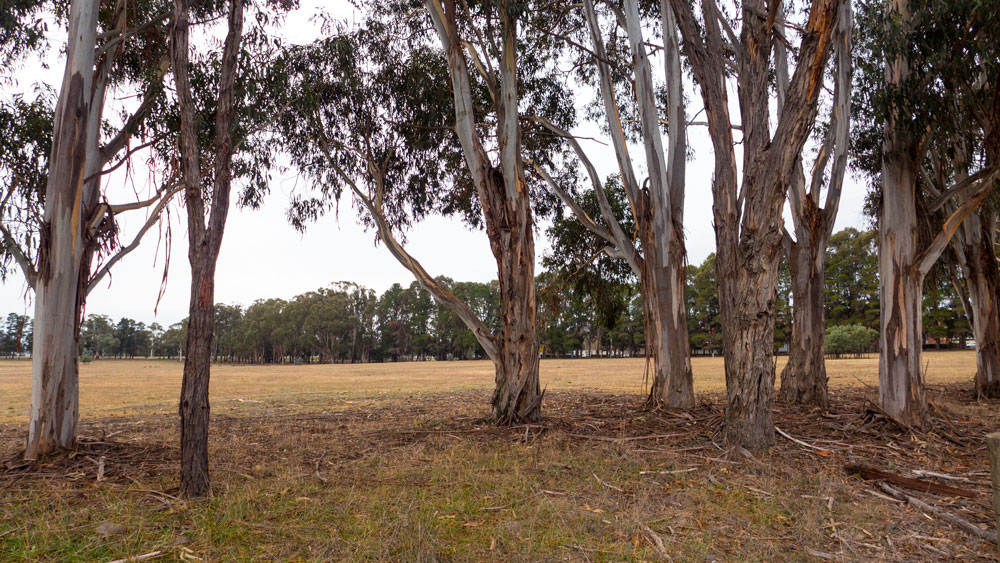
When the Watson Community Association (WCA) puts forward the community’s views about a proposed development, it does a really thorough job.

Canberra residents care for their homes, their streets, their suburbs and wish that the urban environments and facilities were maintained and enhanced for future generations.

There’s a new level of frustration within Canberra’s community groups with how the ACT government conducts itself on planning and development.
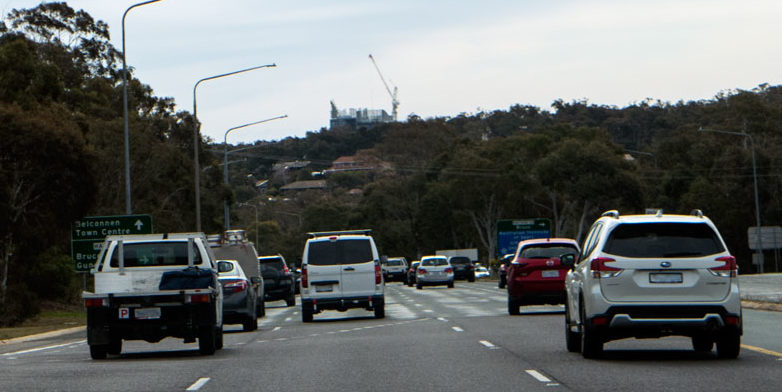
Driving west on Belconnen Way, under the Gungahlin Drive Bridge, there is a view that demonstrates how planning and landscape aesthetics are not in the skill set of those who run this city.
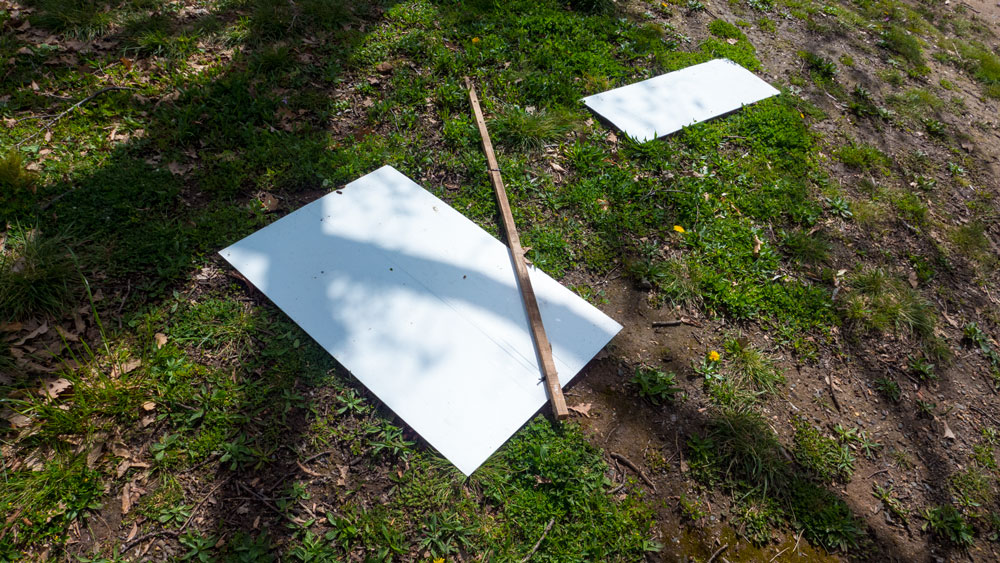
Given that I will be voting as an early voter next week, the time has come to decide on the candidates to be given the tick – or the flick.

Many residents who voted for the ACT Greens are disillusioned given how the partnership with ACT Labor has sidelined many planning, development, environmental, heritage and urban issues.

In 2010, Dickson residents lodged objections to a unit development and eventually took the developer and the ACT Planning Directorate through the appeals tribunal and won.
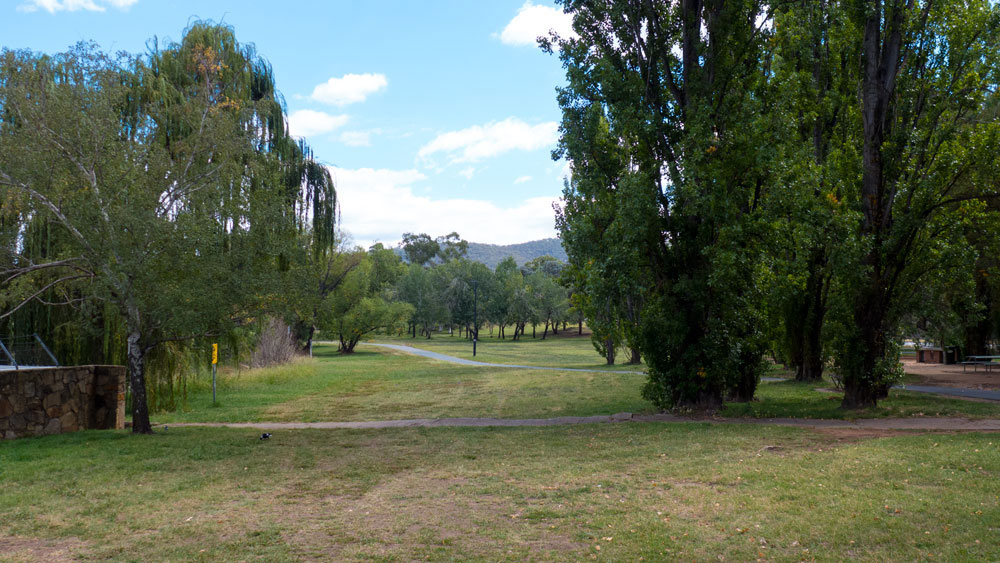
When the ACT’s City Renewal Authority made its announcement on Tuesday (August 11) about the latest plan for West Basin, there was a slight glimmer of hope that, at last, maybe someone was listening. Not so!
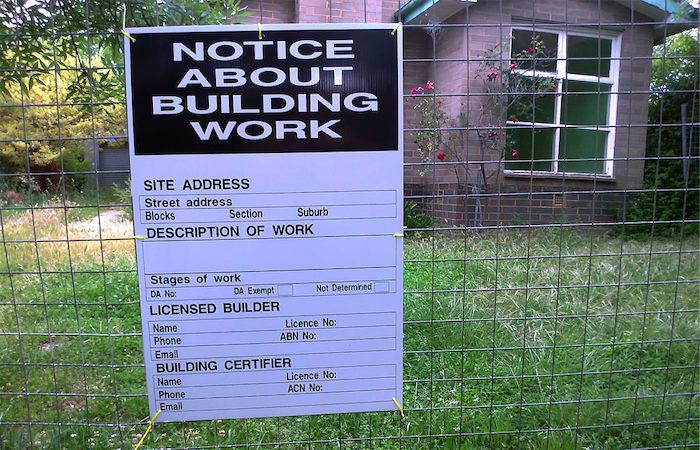
Here’s praise for an ACT politician. The accolade goes to the Greens’ Caroline Le Couteur for her work in chairing (from 2016) the Legislative Assembly committee on planning and urban renewal and the release of the April report – “The Inquiry into Engagement with the Development Application Process in the ACT”.
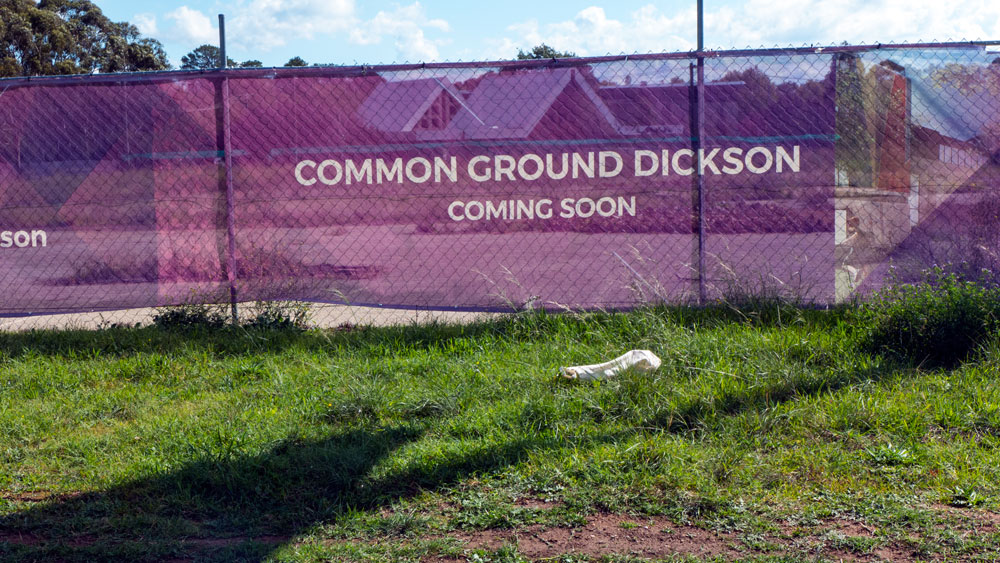
As the COVID-19 crisis took hold and people bunkered down, residents hoped for less stupid things by the ACT Planning Directorate.
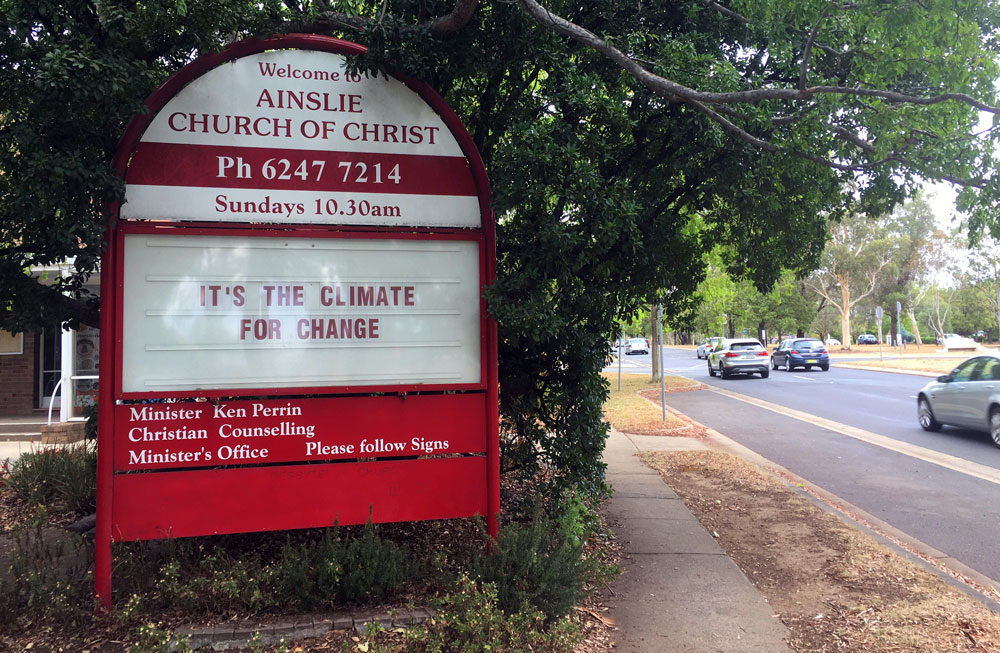
Before the 2016 ACT elections the Labor Party indicated that it was to make changes to how planning and development happened.
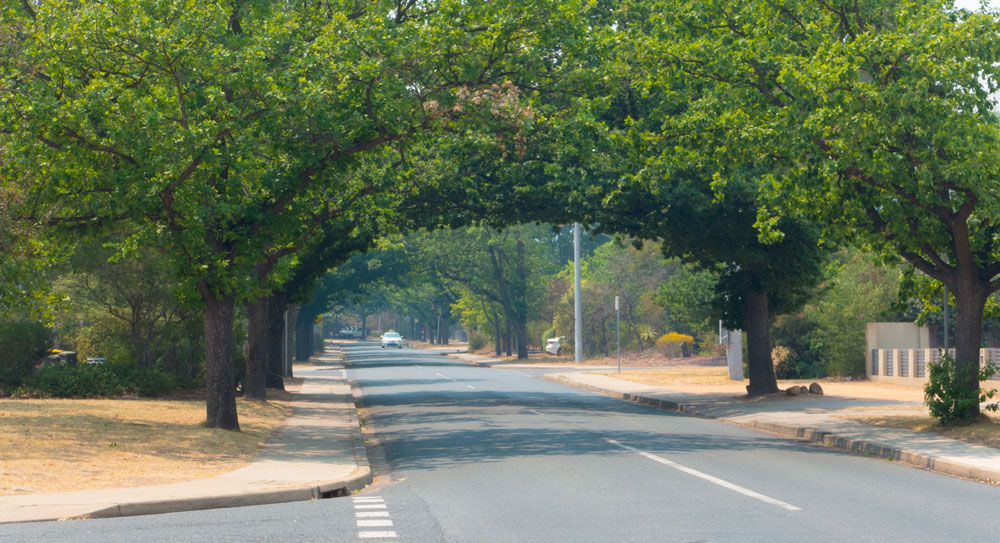
When the government slipped through the unique variations to the rules for south-east corner of section 72 Dickson, all the local government members, including Green/Labor member Shane Rattenbury, signed off on this most inappropriate action by the planning minister.
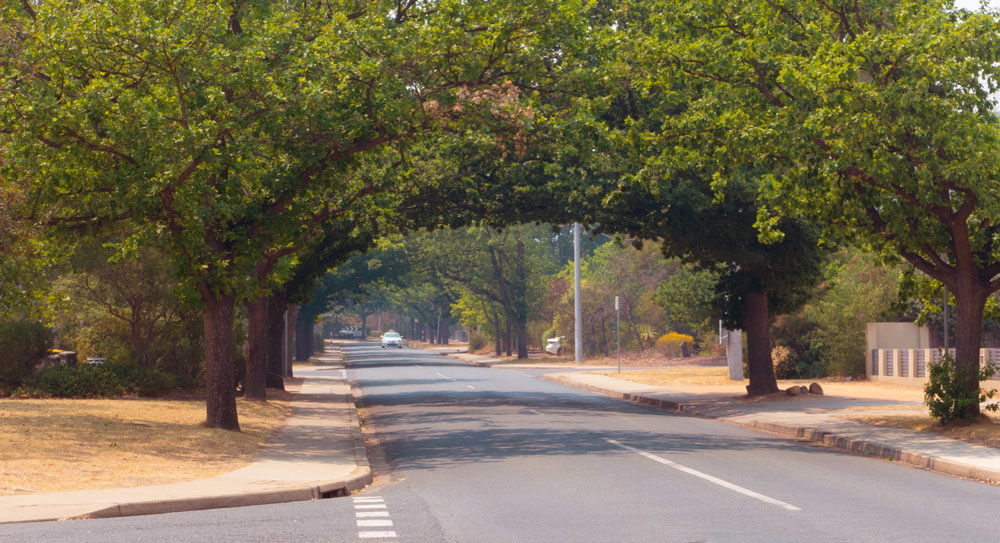
In May 2019 the ACT Government declared a climate emergency. The expectation would have been for high-profile urgent actions.
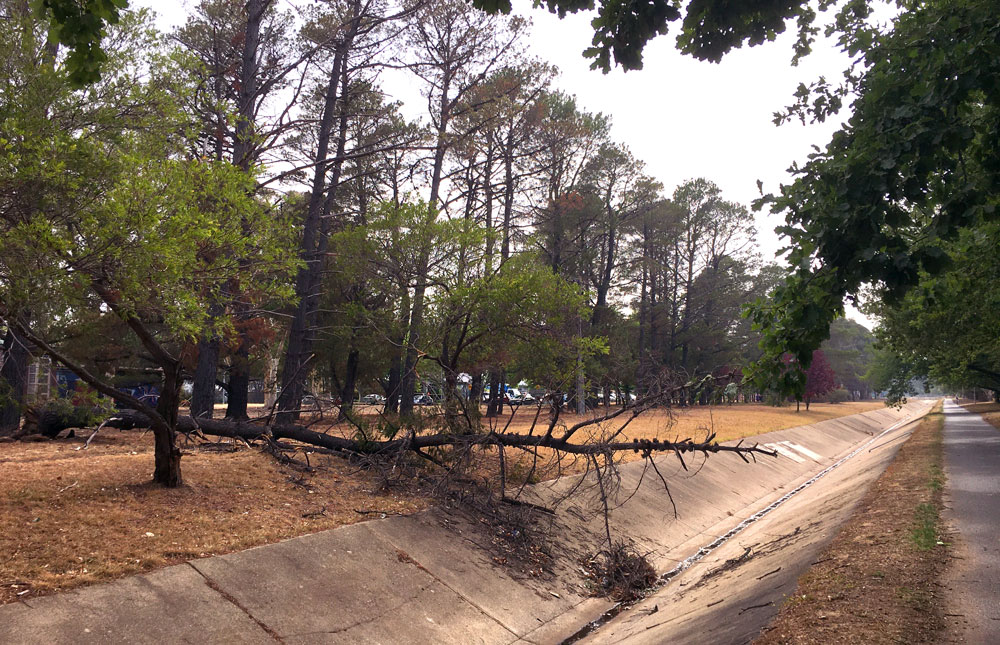
A tree came down earlier this week in Dickson (above).
Looking at the trees nearby, it will not be long before more of these trees meet a similar fate.
Because what you do next – today and tomorrow, and every day after that, Counts
So make it count

It’s Christmas! A time to be jolly.
A Christmas tree is such a positive symbol. No matter how crazy or plain, Christmas trees, like the real ones, bring joy. And we could do with a lot more fun in life.
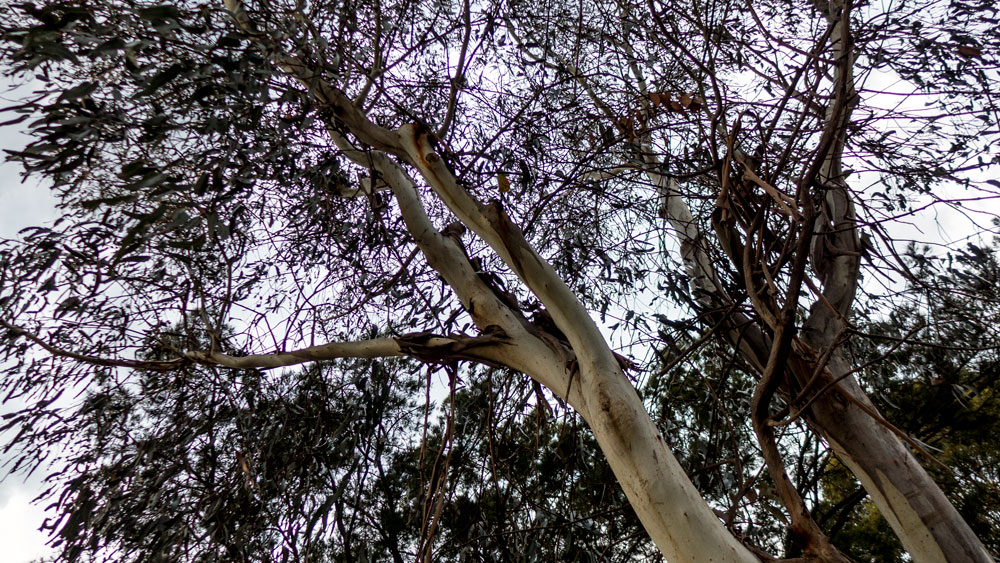
Late in 2018 the Weston Creek Community Council held a public forum for fire experts to provide information about fires in the 21st century. It was really scary stuff.
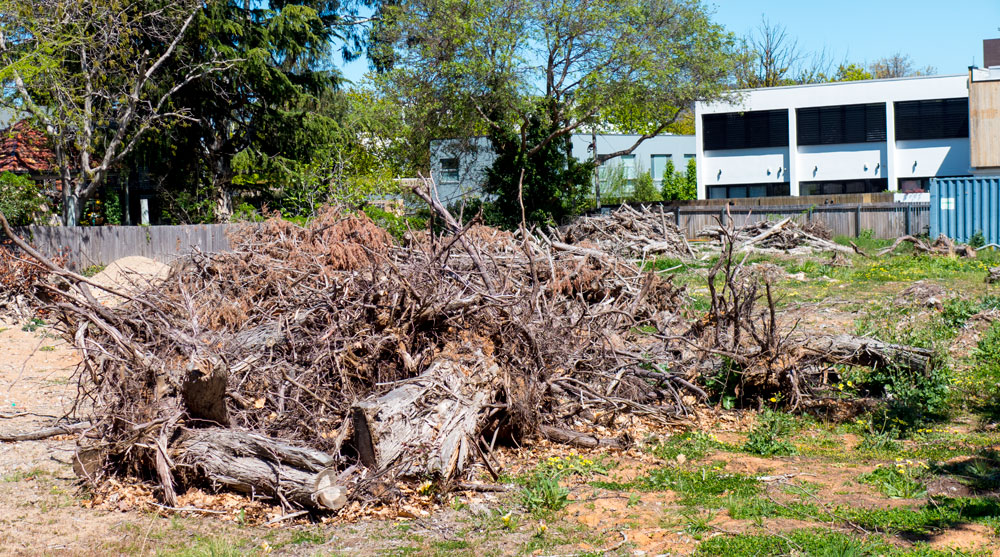
Another example of when the ACT Greens proved to be a disappointment – A Collective Fizzer
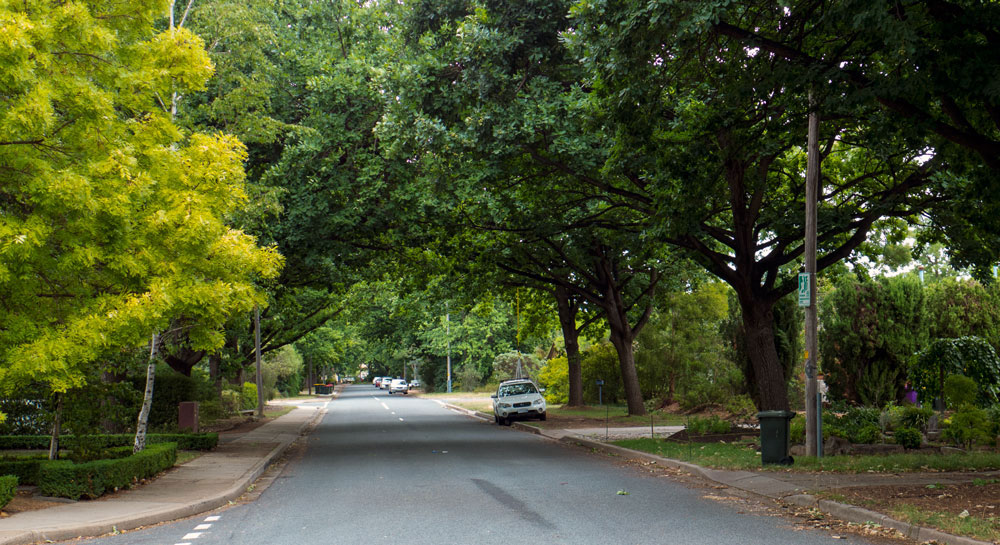
It was announced on Wednesday (October 23) that the government is reviewing the ACT’s Tree Protection Act. Good news! Maybe.
The devil is in the detail and we are talking about a government that we have learnt not to trust.
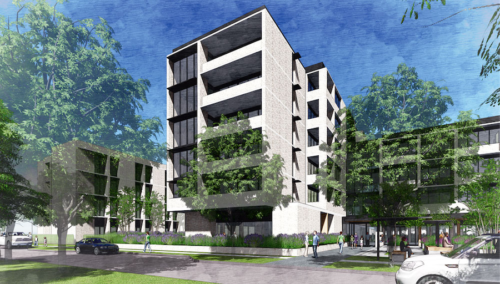
The ACT government is hoping to plonk Common Ground onto Section 72 in Dickson and is asking for feedback on the concept design for the building and site design.
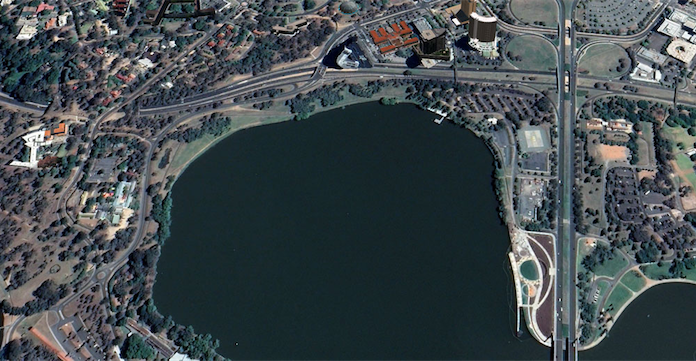
Here’s a tale of the use of alternative facts by both the government and a couple of its supporters.

Good journalism is welcomed and embraced. Journalism that is written to promote bad decisions by government must be called out. Here’s an example of the latter. The author, Tom Greenwell, starts well by making some points about Walter Burley Griffin’s planning for Canberra. But then he commits the crime of using Griffin’s name and visions to justify some outrageous developments being planned by the ACT Government (Urban Renewal Authority again!) that will destroy a wonderful part of the foreshore of Lake Burley Griffin. Click here for the article in City News.
and for more about West Basin alternative facts – click here; includes letters from Richard Johnstone of kingston – a supporter of West Basin developments.
And for more on the arguments against what Tom Greenwell has written – click here for a very well informed piece by Penny Moyes, one of the Lake Burley Griffin Guardians.
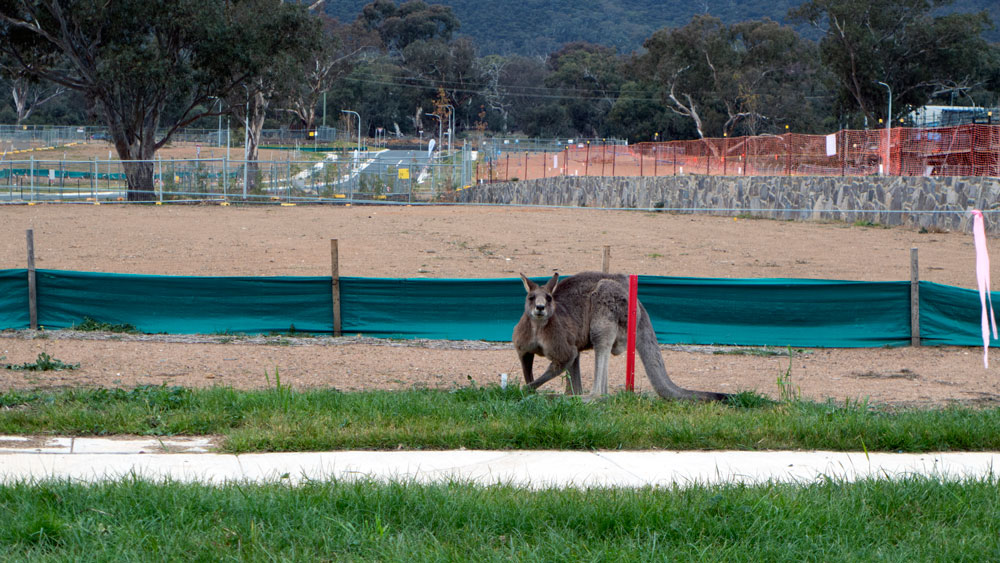
The Watson Community Association recently conducted consultations to produce the community’s own visionary plan for their suburb. Click here for the piece in City News

Something very worrying has happened to the National Capital Authority (NCA). There’s been a shift in its planning culture somewhere in the last five years. click here
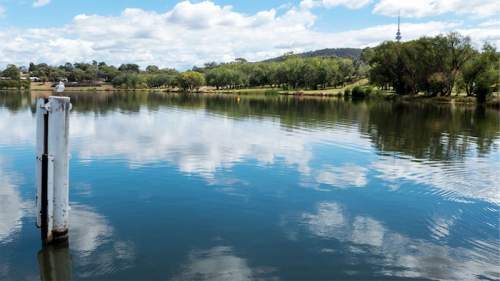
ACT residents have become convinced that the ACT Government operates in a completely different universe. This separation is having a huge impact on people’s lives. click here.
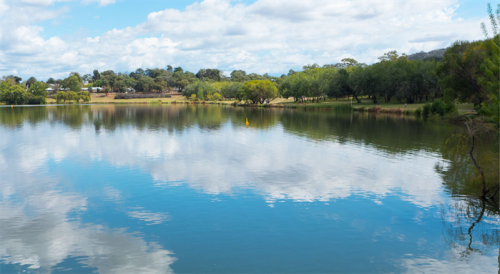
During the last decade the ACT Labor Party has depended on the ACT Greens to form government. What has come of the ACT Greens? Click here

This a sad tale of people sitting on the fence while part of the heritage of the suburb of Downer is to be removed. Click here.
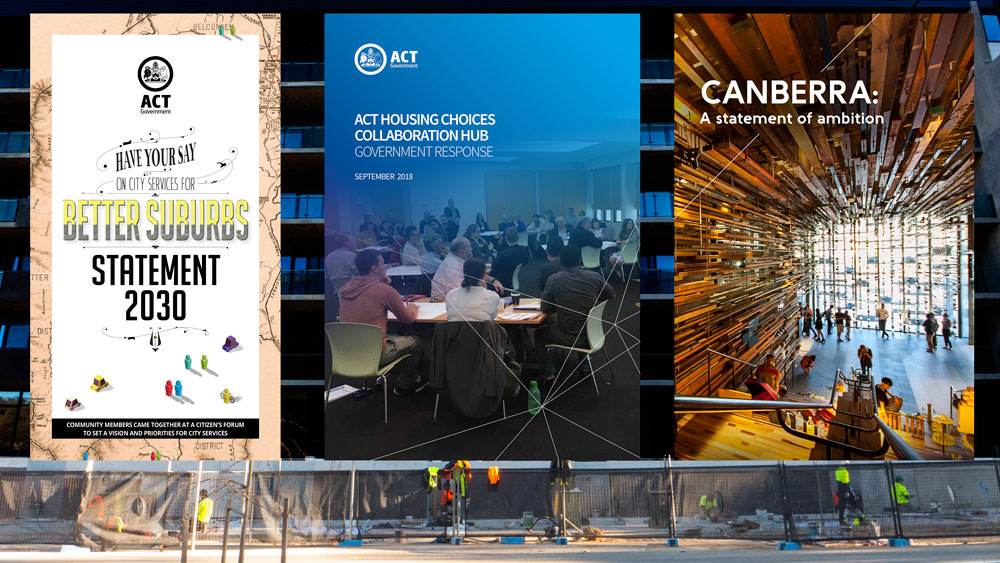
The ACT Government has a bad reputation in its dealings with residents and their concerns for the future of Canberra.
I have written about this topic in City News – here’s my piece – click here.
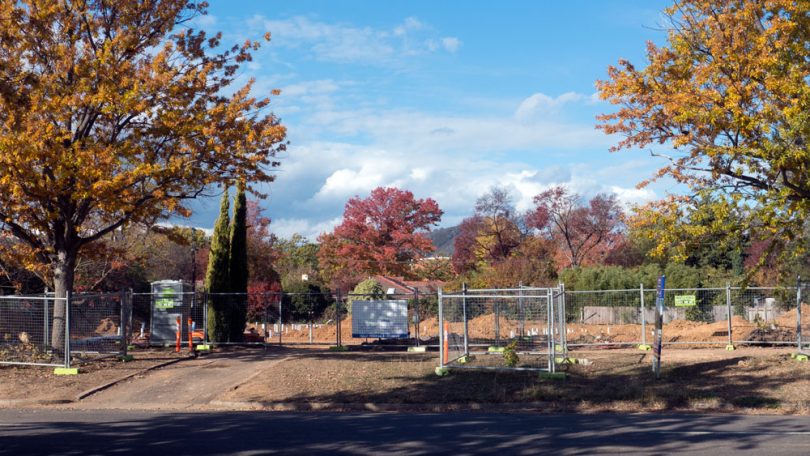
My post last week on the lack of good design and planning that is evident in the more recent parts of Gungahlin definitely caught a lot of people’s attention.
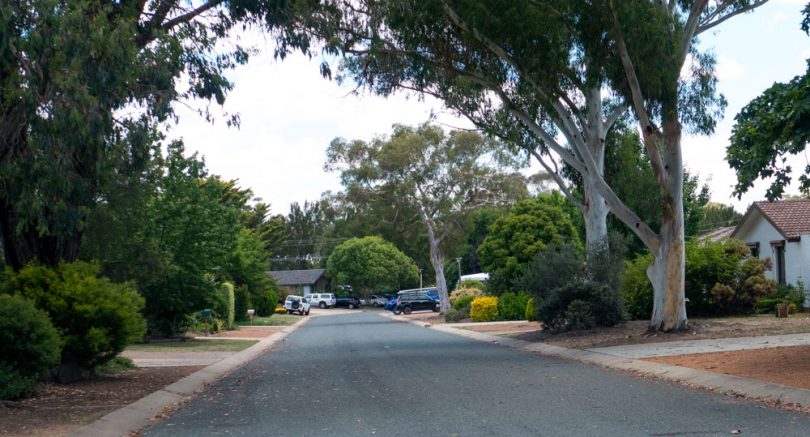
A couple of weeks ago I wrote on the threats to biodiversity caused through inappropriate developments across Canberra.
Continue reading Gungahlin – urgent climate adaptation required
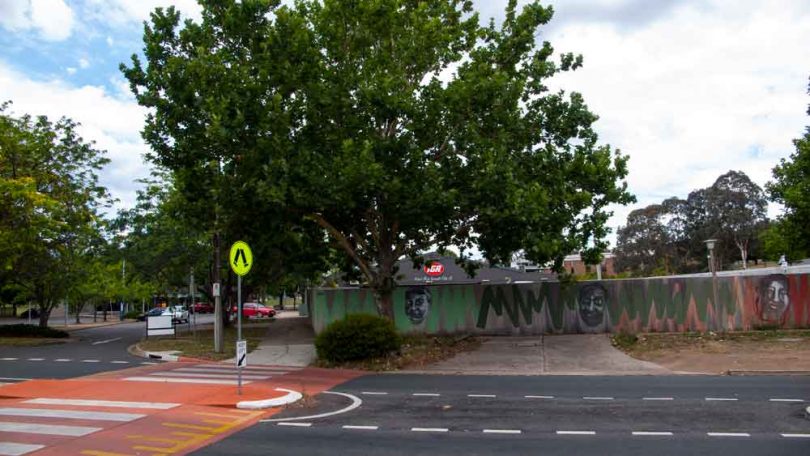
Someone needs to ask the ACT Planning Minister why the planning directorate continues to encourage local residents to form residents’ associations to oppose inappropriate developments.
Continue reading Respect and Responsibility in planning and development
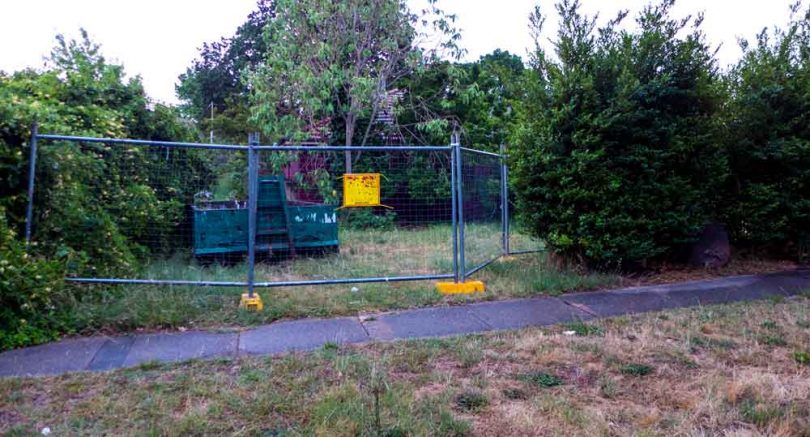
This post starts with being in front of our house at 6.15 am listening to the cacophony of sounds coming from what must have been a rowdy Christmas Day gathering of Sulphur Crested Cockatoos at end of the street (near the Dickson Drain).

Canberra’s planning system remains super complicated and out of reach of ordinary citizens.
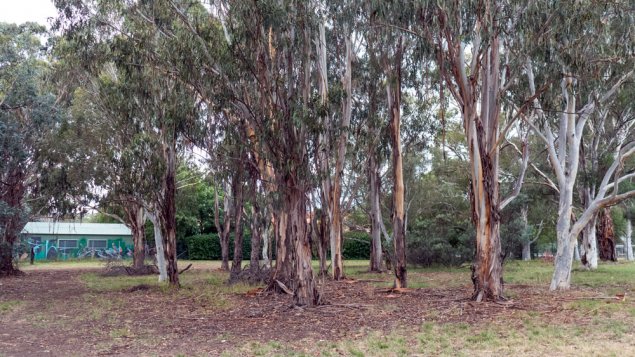
Any tree is worth saving. Any group of trees is always worth fighting for. But I also acknowledge that when absolutely necessary any tree can be replaced.

Canberra’s planners in the 1950s and beyond delivered an infrastructure made for cars. There were even major freeways planned (a story for another day).

The first impression of Canberra from the north is of trees.
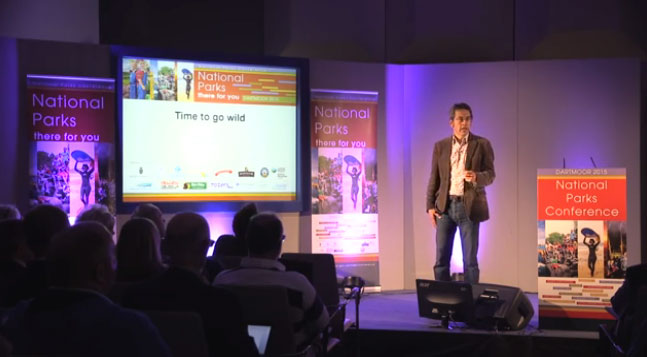 Far too many topics are not being handled honestly and openly in the public discourse.
Far too many topics are not being handled honestly and openly in the public discourse.
 Neil Young has released a 10-minute short film, Seeding Fear. Click here for the link.
Neil Young has released a 10-minute short film, Seeding Fear. Click here for the link.
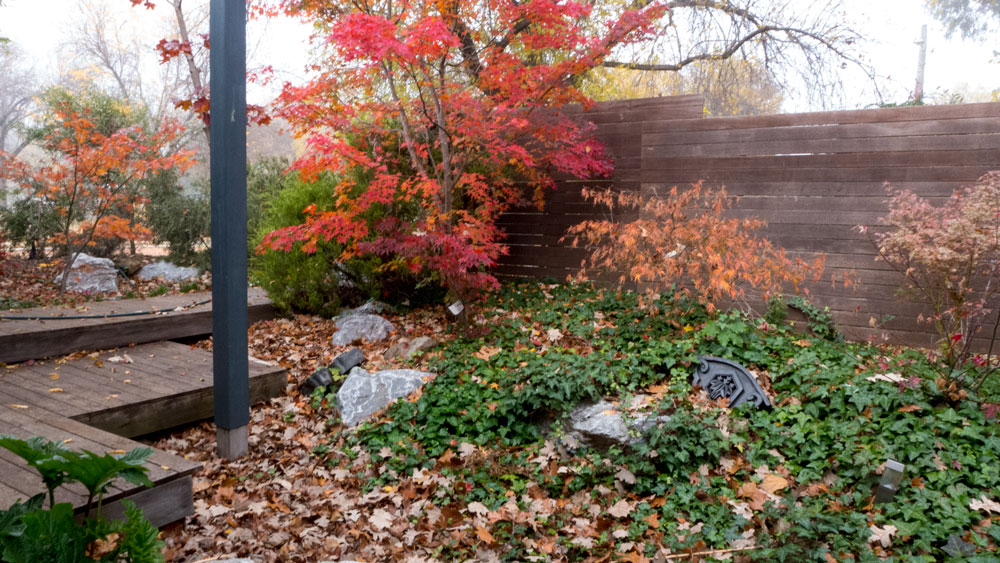 Canberra was built with gardens being integrated into each household and throughout the neighbourhoods.
Canberra was built with gardens being integrated into each household and throughout the neighbourhoods.
It was announced in the UK that the winner of a competition has proposed that to deal with population growth that new cities should be built nearby established ones. These would be garden cities connected back to the older city by public transport.
This is a job well done. I saw an article about this and was determined to have a look. Now if only they had been sensible and given an address.
From The Guardian: London – with all its tarmac, brick and glass – is actually 38.4% open space and ranks as the world’s third greenest major city. Now Daniel Raven-Ellison wants to go further … and make Greater London a national park. His campaign and online petition aims to have the city treated in the same way as parks like the Peak District and the Brecon Beacons, to conserve its natural beauty, wildlife and cultural heritage.
——————————–
Paul Costigan, 20 August
I have said it before and am happy to say so again, I live in a suburb in Canberra that has a fabulous amount of trees. The amount of trees in the public arena, streets and parks etc, combined with those throughout the residential properties delivers an ambience that is hard to explain to anyone who has not experienced it. With our local trees comes other biodiversity and heaps of bird life. Researchers have just worked this out. Click here for a story on this.
I have the benefit of living in a suburb with plenty of tree cover. In fact the view outside onto the streets is almost as if the street is a parkland. The concept that any suburb should have an abundance of trees and shrubs and associated bio-diversity is simply so logical that one wonders why would anyone think otherwise.